The mid-size SUV has undoubtedly become the new large sedan in Australia and it’s easy to see why. A raised driving position, lots of headroom, space for prams and shopping, along with reasonable value for money has thousands of buyers flocking to them each month. This segment alone is the most popular in Australia, and for the past decade, two names have flown the sales flag: either the 2021 Mazda CX-5 or more recently, the 2021 Toyota RAV4.
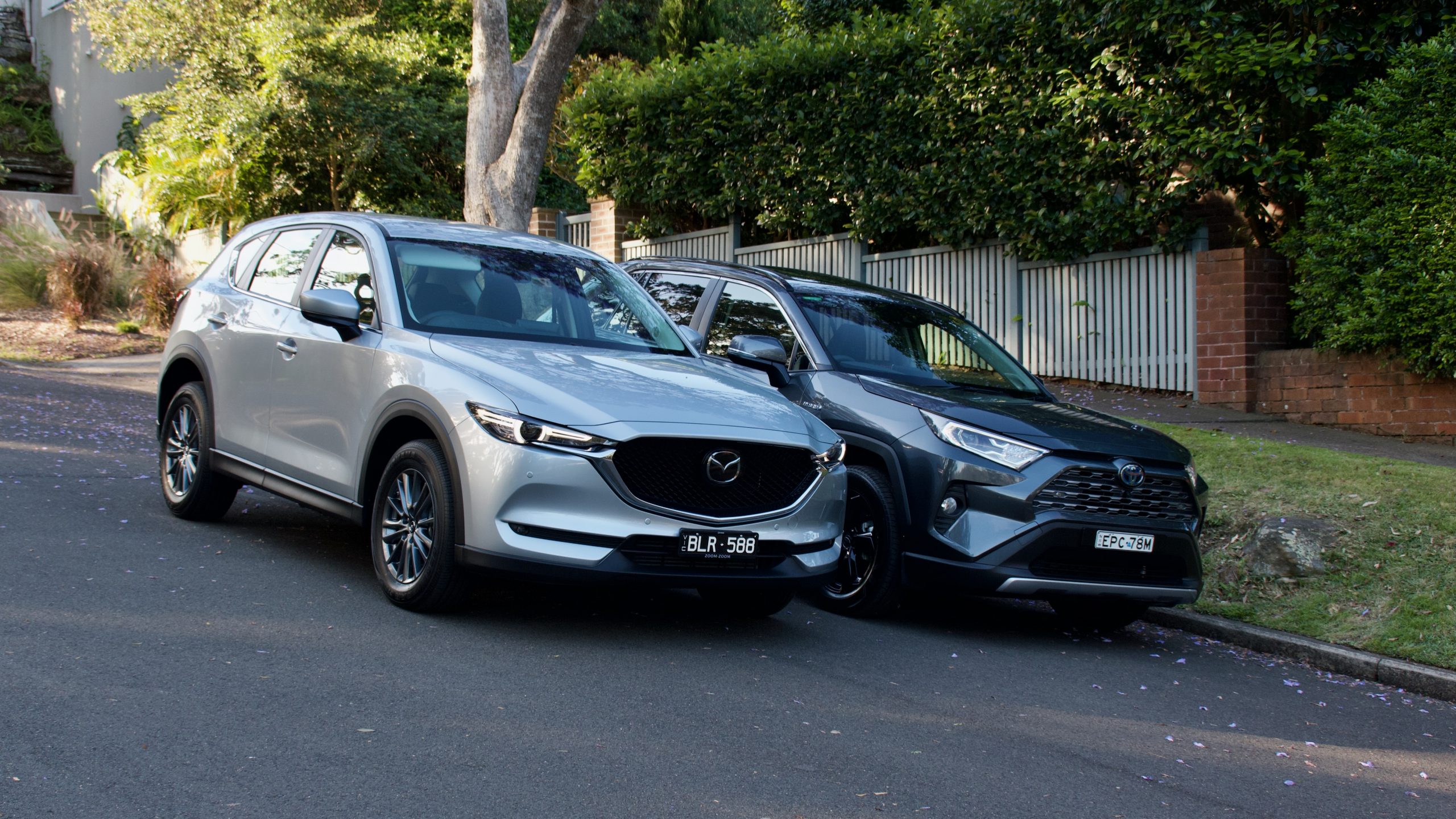
Both the CX-5 and RAV4 are very talented SUVs and we’re big fans of both. The CX-5 recently fended off the much newer Ford Escape in our comparison test. Now, it does battle with a more established, equally well selling rival. The stakes are high both the Mazda and the Toyota.
Here, we’re comparing the most efficient all-wheel drive models in each respective model range for around $50,000 drive away. As tested, the second-from-top RAV4 Cruiser Hybrid AWD is $50,861 drive away and the mid-spec CX-5 Touring diesel AWD is $48,907 drive away. Game on.
Price & Equipment:
Both cars are well equipped and share a lot of kit, including LED lighting, auto lights and wipers, leather/faux leather upholstery, 8.0-inch touchscreens with wired Apple CarPlay and Android Auto, satellite navigation, digital radio, dual-zone climate control with rear air vents, rear centre armrests with cupholders, rear USB charging ports, keyless entry and start, heated and auto-folding mirrors and leather steering wheels and gear knobs.
Shared safety kit includes many airbags (six in the Mazda, seven in the Toyota), auto emergency braking (with pedestrian and cyclist detection in the RAV4), adaptive cruise control with stop and go functionality, lane keep assist with lane trace assist, blind-spot monitoring with rear cross-traffic alert, auto high beam, front and rear parking sensors and a reversing camera.
While the Toyota costs more than the Mazda, it is a lot better equipped with full leather upholstery, a 360-degree parking camera, heated front seats, a 12-way electrically adjustable driver’s seat with memory functionality, a wireless phone charger, more charging ports, a digital driver’s display, a nine-speaker JBL sound system, a sunroof, an electric tailgate, a double-sided boot floor, ambient lighting and daytime running lights.
The Mazda does have a colour heads-up display and remote rear seat releases, but the RAV4 is definitely more comprehensively equipped, despite its $1,774 price difference.
Both cars are available in a number of colours. The Mazda can be had in ‘Deep Crystal Blue’, ‘Eternal Blue’, ‘Titanium Flash’, ‘Jet Black’, ‘Snowflake White Pearl’ and our test car’s ‘Sonic SIlver’ for no extra cost – ‘Soul Red Crystal’, ‘Machine Grey’ and ‘Polymetal Grey’ are $495 extra. Its sole interior colour is black.
The Toyota can only be had in ‘Glacier White’ for no extra cost – every other colour, including ‘Crystal Pearl’, ‘Silver Sky’, ‘Atomic Rush’ (red), ‘Eclectic Blue’, ‘Eclipse Black’, ‘Saturn Blue’ and our test car’s ‘Silver Sky’ cost an extra $675. Interior colours are either black or beige.
While neither car is amazing value for money, the RAV4 is definitely worth the extra cost over the CX-5. The CX-5 Touring is an odd spec and we think that the GT that’s positioned above it (for an extra $6,000) is a better option in the CX-5 range as it gets full electric front seats with driver’s memory functionality, a sunroof, 19-inch wheels, an electric tailgate, a larger 10.25-inch centre screen, a Bose sound system and full leather upholstery.
Price and Equipment Winner: Toyota RAV4
Performance & Economy:
There are differences in the drivetrains between the two cars, but their commonality is that they’re both the most efficient all-wheel drive variants in each range. Toyota’s hybrid systems are excellent, especially the 163kW 2.5-litre four-cylinder system that’s used in the 2021 Toyota RAV4 Hybrid. Mazda hasn’t caught on with the hybrid craze yet, instead still using a 140kW/450Nm twin-turbocharged four-cylinder diesel engine (or a 140kW 2.5-litre petrol engine for $3,000 less). Both are all-wheel drive – the RAV4’s system uses an electric motor on the rear axle, while the Mazda has a traditional mechanical all-wheel system.
The RAV4’s drivetrain is excellent because it’s quite possible to drive it on pure electric power a lot of the time. It’s quite refined – more so than the 1.8-litre hybrid Corolla – and thanks to the larger battery pack in the RAV4, it can use more electric power more of the time. It’s actually quite punchy as well – more so than the CX-5 – and the power can be quite surprising thanks to the instant torque of the electric motors. The e-CVT gearbox is typical of the type and it can feel somewhat elastic, but you do learn how to control it for greater drivability.
Diesel engines are somewhat on the nose globally, but we believe them to still have their place for some buyers. The diesel engine in the Mazda is definitely the engine to choose in the CX-5 range for a number of reasons – it’s quiet, strong throughout the rev range and quite efficient as well. The six-speed automatic transmission used in the CX-5 is also quite good with well-spaced ratios and a generally intuitive nature, though more ratios would make it better.
In terms of fuel economy, the 2021 Toyota RAV4 Hybrid AWD is rated at 4.8L/100km, while the Mazda is rated at 5.7L/100km. In our testing in combined conditions, the Mazda hit 6.2L/100km and the RAV4 was slightly ahead at 5.9L/100km, though the CX-5 used 5.1L/100km on a solely-highway trip – where diesels shine – and the RAV4 used 5.5L/100km in purely urban conditions, which is where hybrids shine. Flip conditions and the hybrid will use more on a motorway, and the diesel will use more in town.
We were surprised to get the fuel use so close in combined conditions and buyers should base their drivetrain decision on the driving they do as hybrids are definitely better in urban conditions, while a diesel will be better on a highway or in country driving.
But that the RAV4 can get such great fuel economy around town is a greater achievement, we think, than the CX-5’s excellent but still conventional diesel engine.
Performance & Economy Winner: draw
Ride & Handling:
Both the RAV4 and CX-5 represent some of the best driving offerings in the mid-size SUV segment, though there are differences in their details. Based on Toyota’s ‘TNGA’ platform, the RAV4 continues Toyota’s newfound dynamic talent. It’s obviously no GR Yaris – don’t tempt Toyota to make a RAV4 GR – but the step up in driving ability compared with the last-generation RAV4 is obvious. Gone is the soft and underdamped feeling and in its place is a much more together and refined car, no matter if you’re driving in urban or country situations.
The CX-5 has always been known as the most dynamic mid-size SUV and the current model is no different. Like Mazda’s cars, the CX-5 is a keen handler and gets better the harder you push it. But even driving it normally is pleasurable thanks to its comfortable ride, great body control and hushed road noise levels. Both cars feel do slightly heavy from behind the wheel though, largely thanks to the RAV4’s batteries and the CX-5’s heavy steering. But for regular drivers, they’re both comfortable and quiet – it’s just that the Mazda will give keen drivers more enjoyment behind the wheel as well.
Ride & Handling Winner: Mazda CX-5
Interior & Practicality:
The current generation CX-5 was launched in 2017, while the RAV4 was launched a year afterwards. Despite not much of a gap in release date, the RAV4’s cabin does feel more modern than the CX-5 thanks to a digital driver’s display, a newer infotainment system and a sleeker and more practical cabin layout.
But the CX-5’s quality is better than the RAV4 with richer materials – the Mazda’s soft touch doors are noticeably nicer than the RAV4’s cheap vinyl door coverings – and its faux leather feels better than the RAV4’s real stuff. The switchgear in the CX-5 also feels nicer to touch and things get even better if you head up step above to the CX-5 GT as well. The RAV4 has a clear North American focus in its more basic materials and added space, which is no shock given that it’s the best-selling passenger car there.
Both cars feature 8.0-inch touchscreens with inbuilt navigation, digital radio and both Apple CarPlay and Android Auto smartphone mirroring. Both screens aren’t the latest in screen quality or speediness – at least spending more to get to the CX-5 GT gets you a completely different (and far superior) screen, but you’re stuck with the RAV4’s unit no matter which model you buy. At least it has a 360-degree camera in the Cruiser, something we think should be fitted to the CX-5. Both screens are easy to use, though, and the sound systems are okay, but unremarkable.
In the back seat and boot, the RAV4 is clearly the superior option out of these two SUVs with more legroom, headroom (despite the sunroof) and particularly knee room. While they offer similar rear seat features such as centre arm rests, vents and USB charging ports, the RAV4’s charging ports are more easily accessible located on the back of the centre console – we wonder why Mazda persists with them located in the centre armrest. The Mazda’s rear seat does split in a 40:20:40 split though, and its doors open wider than the RAV4 for easier child seat loading.
The boot in the 2021 Toyota RAV4 Hybrid is a large 580-litres (including the under-floor storage area) versus the Mazda’s 442L boot. Fold the seats down and the CX-5 gives you 1,342L, while the RAV4 gives you a much larger 1,690L – a 348L difference. Both feature space saver spare wheels, while the CX-5 uniquely has tabs to fold the seats and a boot cover that integrates with the tailgate – the RAV4 has a double-sided boot floor and its (quite cheap feeling) boot cover can fit below the boot floor, but neither has netting or hooks to hold shopping.
Interior & Practicality Winner: Toyota RAV4
Service & Warranty:
Both the Mazda and Toyota feature a five-year/unlimited km warranty (with an eight-year warranty on the Toyota’s batteries) and while the Mazda has five years of roadside assistance, the Toyota has none. But the RAV4 is so much less expensive to service that buyers could pay for $200 of private roadside assistance each year and still be ahead of the Mazda.
Over five years/75,000km, servicing the RAV4 costs just $1,150 ($230 per service) and only needs to be serviced once yearly or every 15,000km. The Mazda? $2,214 ($442 per service), but that’s only to 50,000km in total thanks to the CX-5’s shorter 10,000km service intervals. The RAV4 may not include roadside assistance, but its service and warranty package is clearly superior to the CX-5.
Service & Warranty Winner: Toyota RAV4
Which Mid-Size SUV is Best: the 2021 Toyota RAV4 Hybrid or 2021 Mazda CX-5?
2021 RAV4 Hybrid
It’s easy to see why these two mid-size SUVs so strongly in Australia – they’re practical, well featured, good to drive, efficient (in the right conditions) but punchy, good quality and no doubt reliable as well. They’re also attractive and come from brands that can seemingly do no wrong with Australian car buyers.
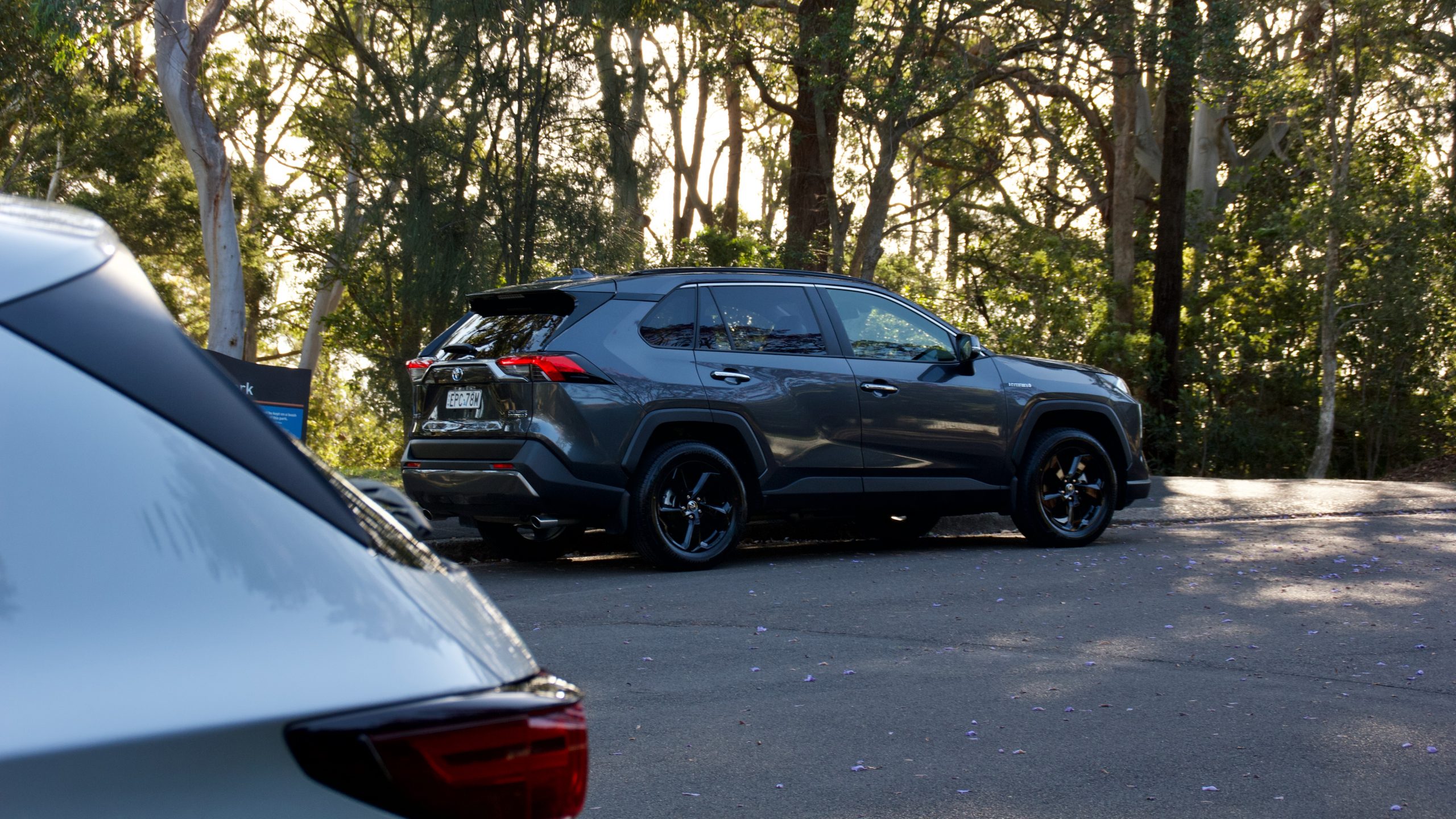
The 2021 Toyota RAV4 Hybrid is definitely the car we’d choose though. The CX-5 is a great car and very deserving of its success, but the RAV4’s extra practicality and post-sales cost efficiency is enough to cover the CX-5’s superior driving dynamics and cabin quality. The RAV4’s dynamics are more than fine, plus it’s roomy, practical, cheap to service, offers excellent fuel economy and is very well equipped. No wonder there’s a 15-month wait to get one!
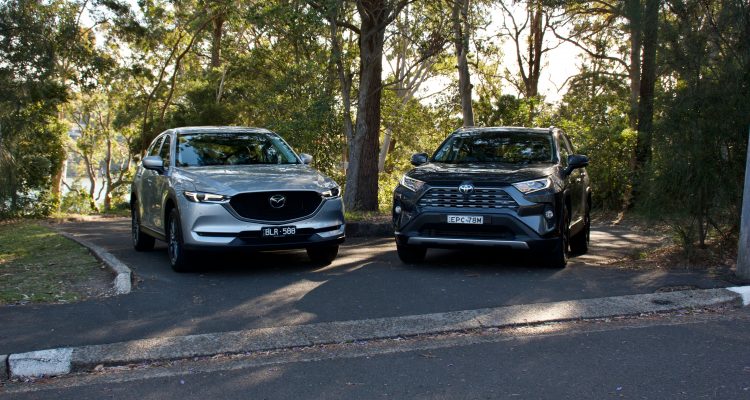
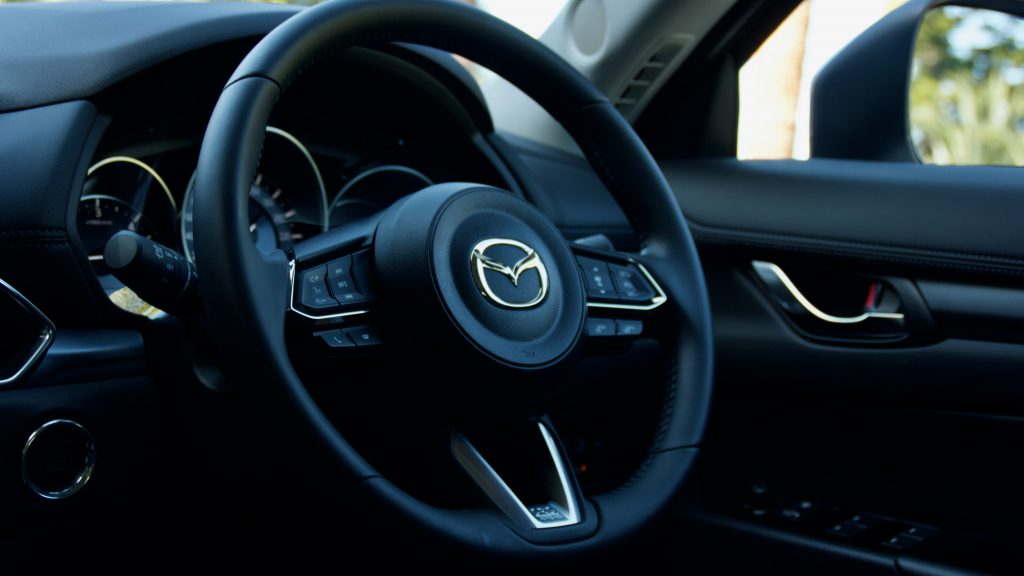
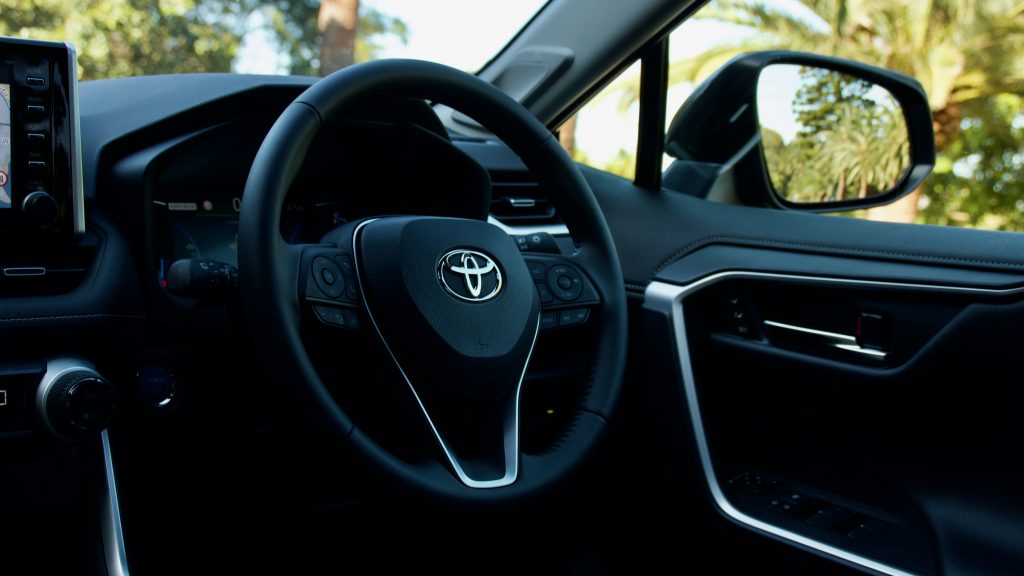
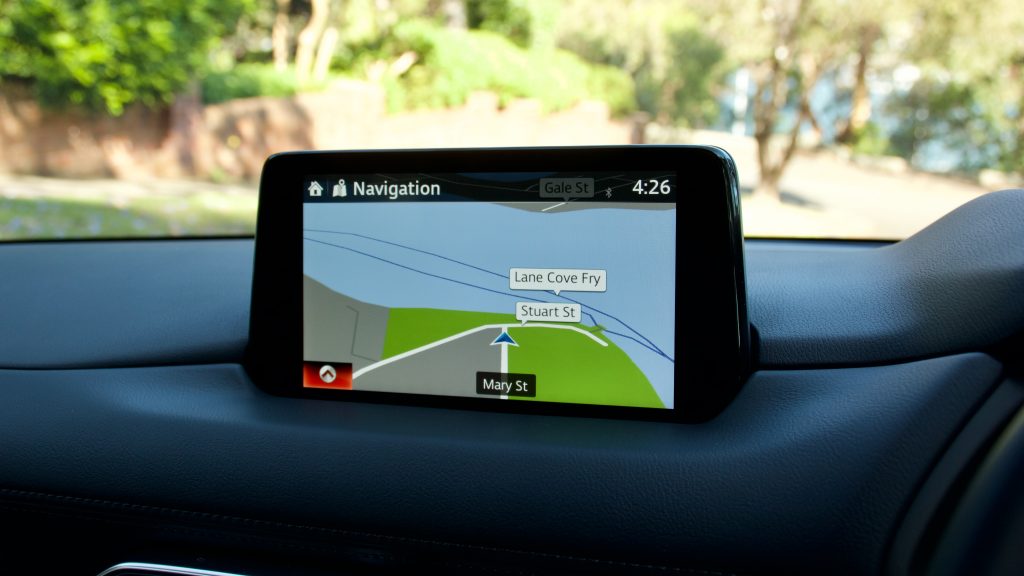
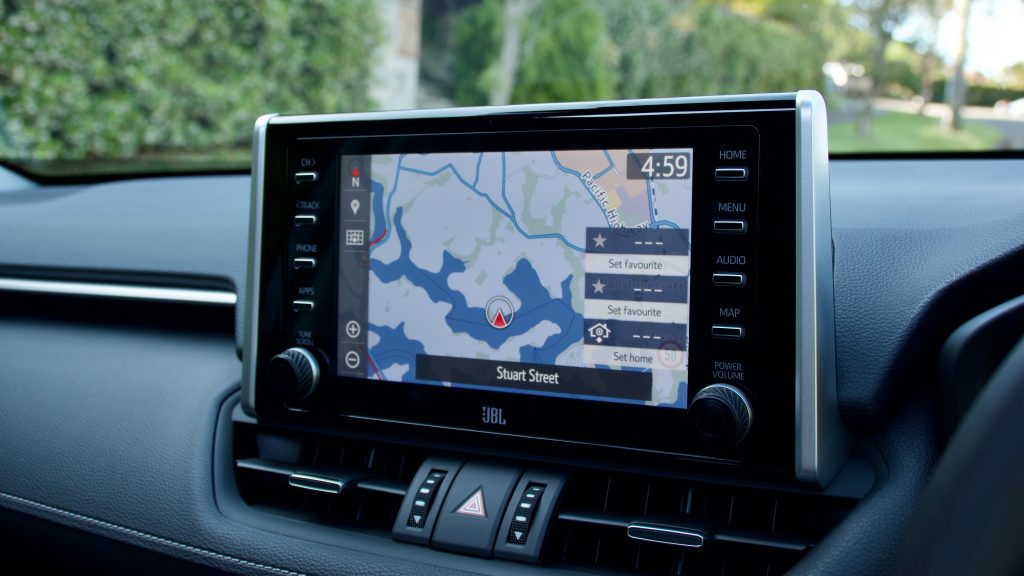
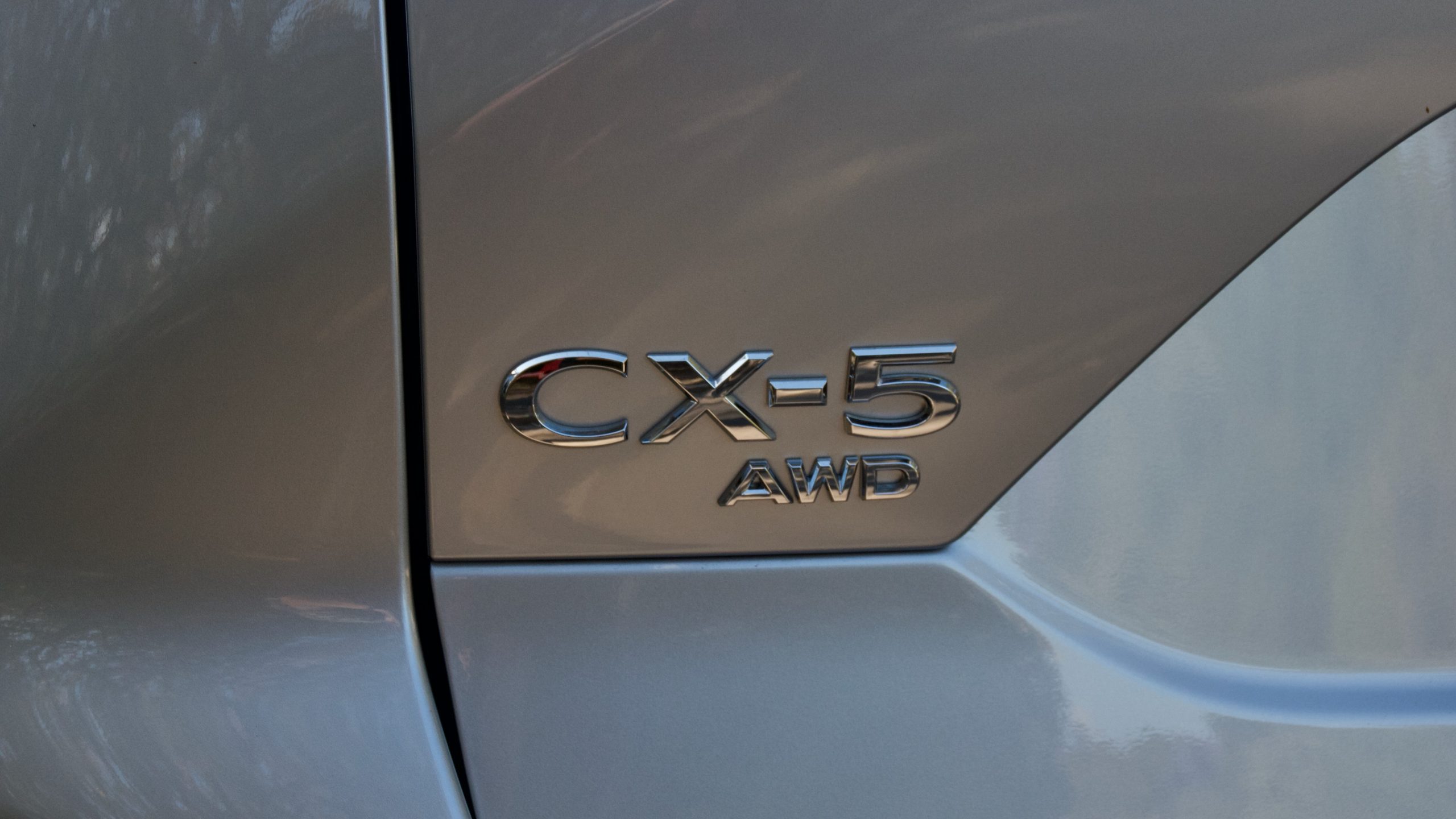
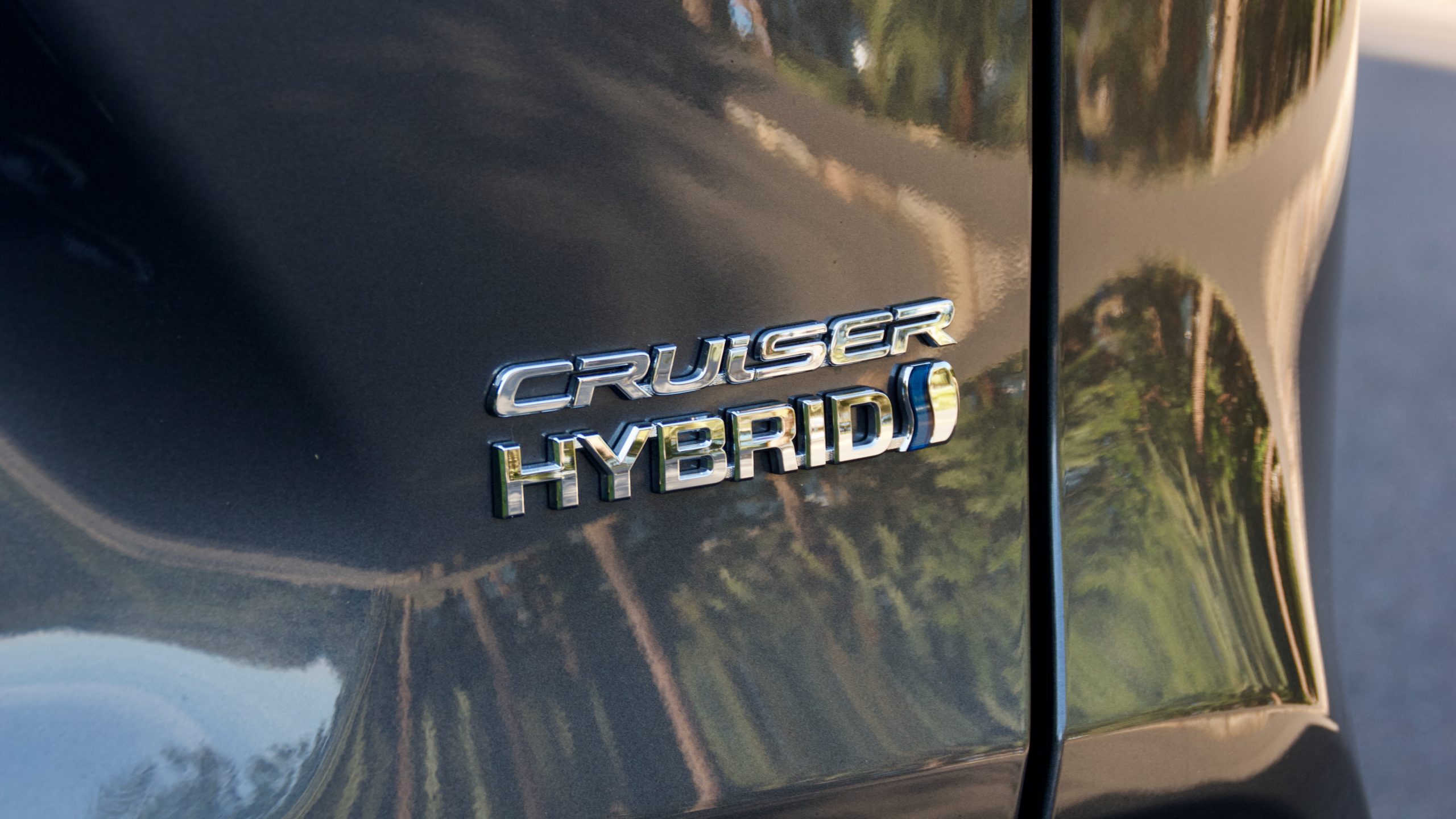
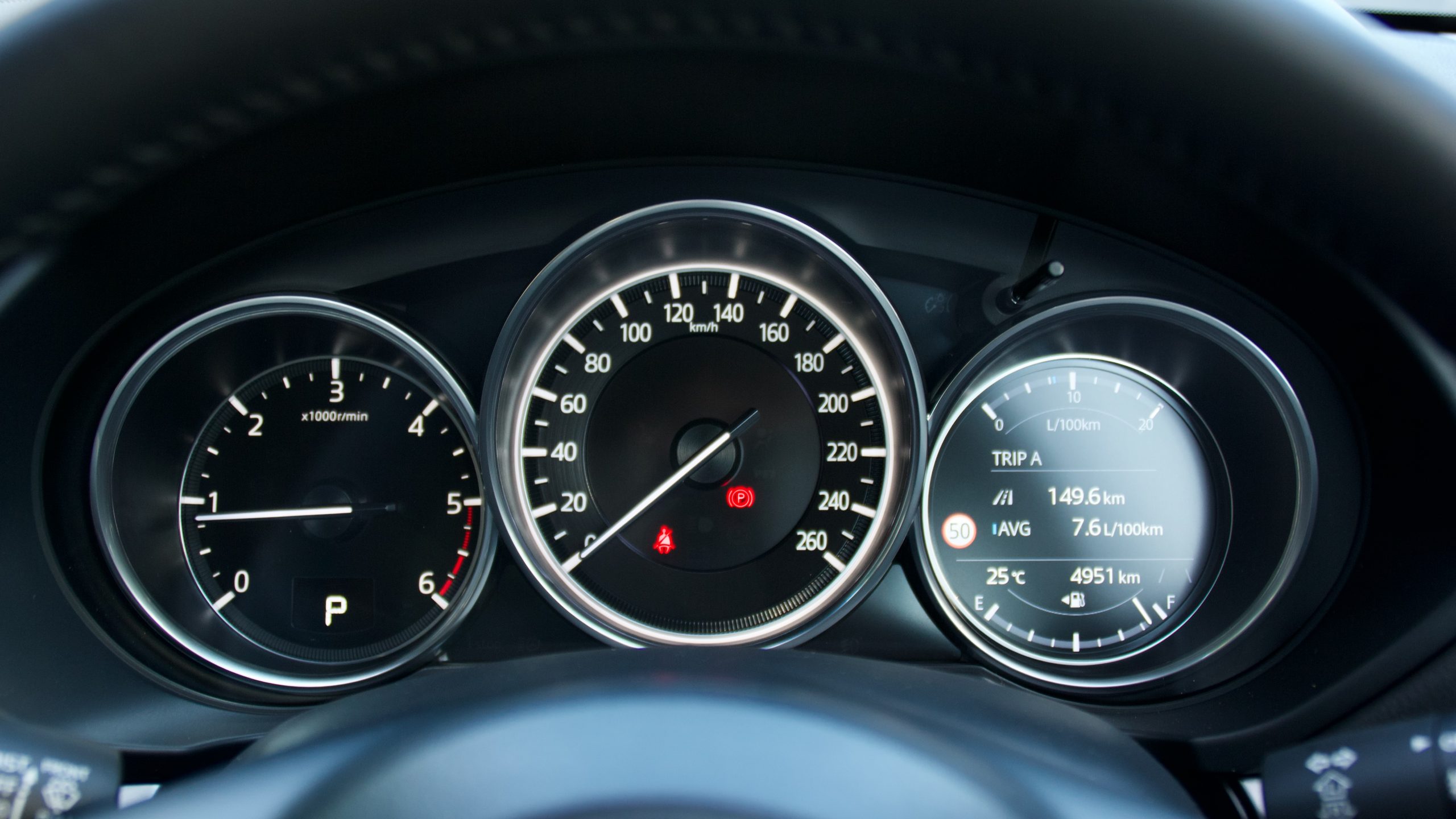
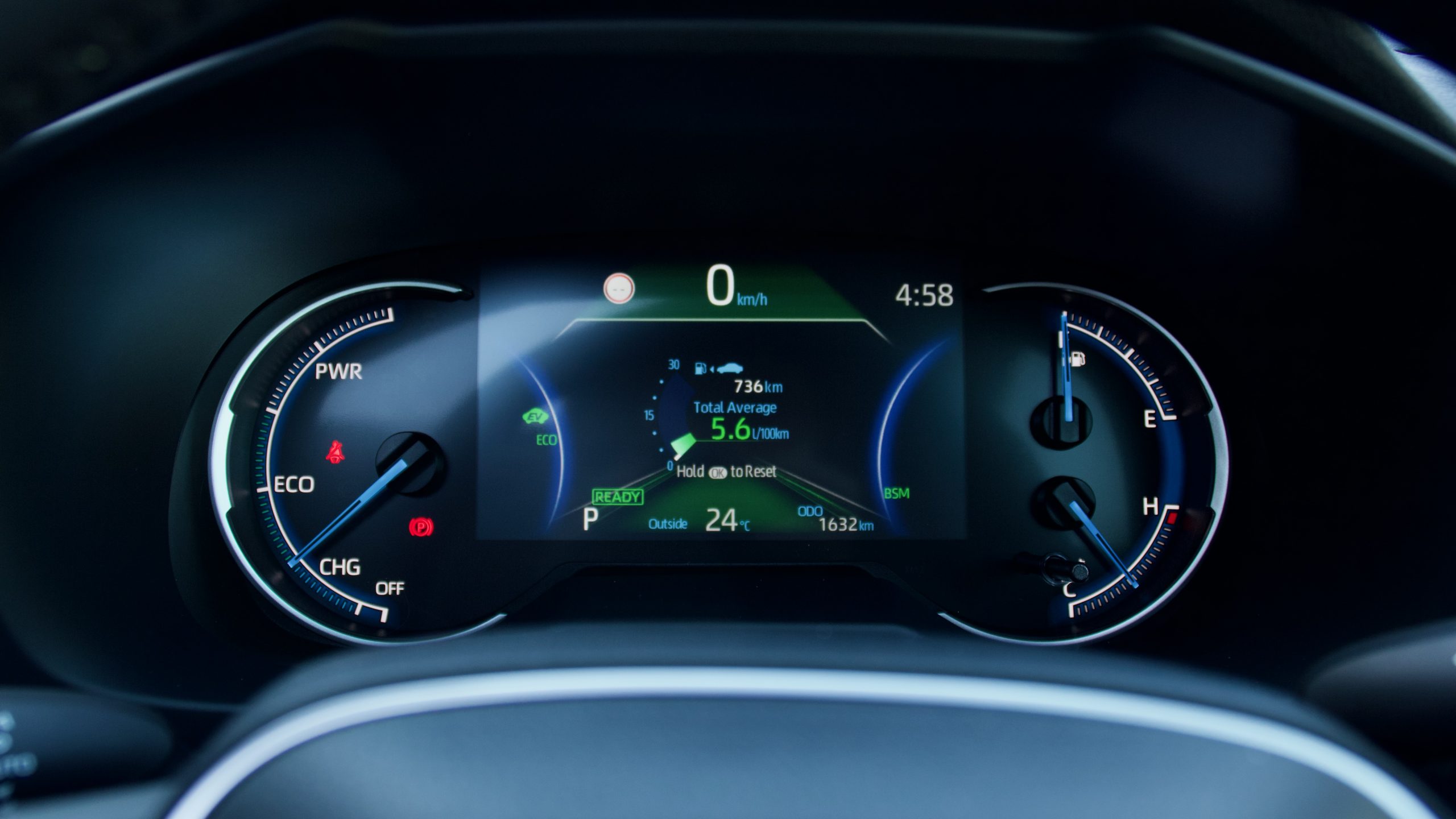
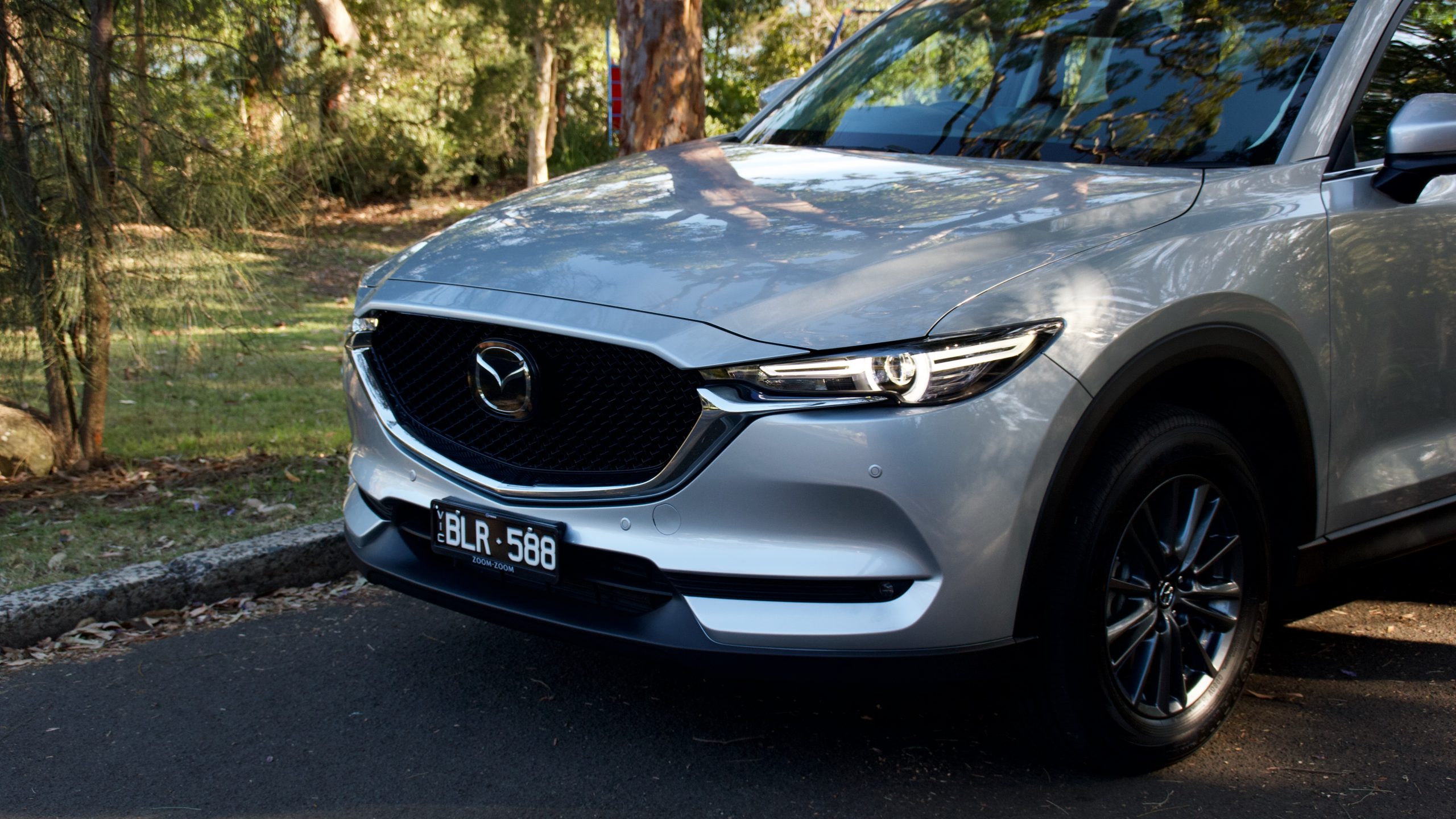
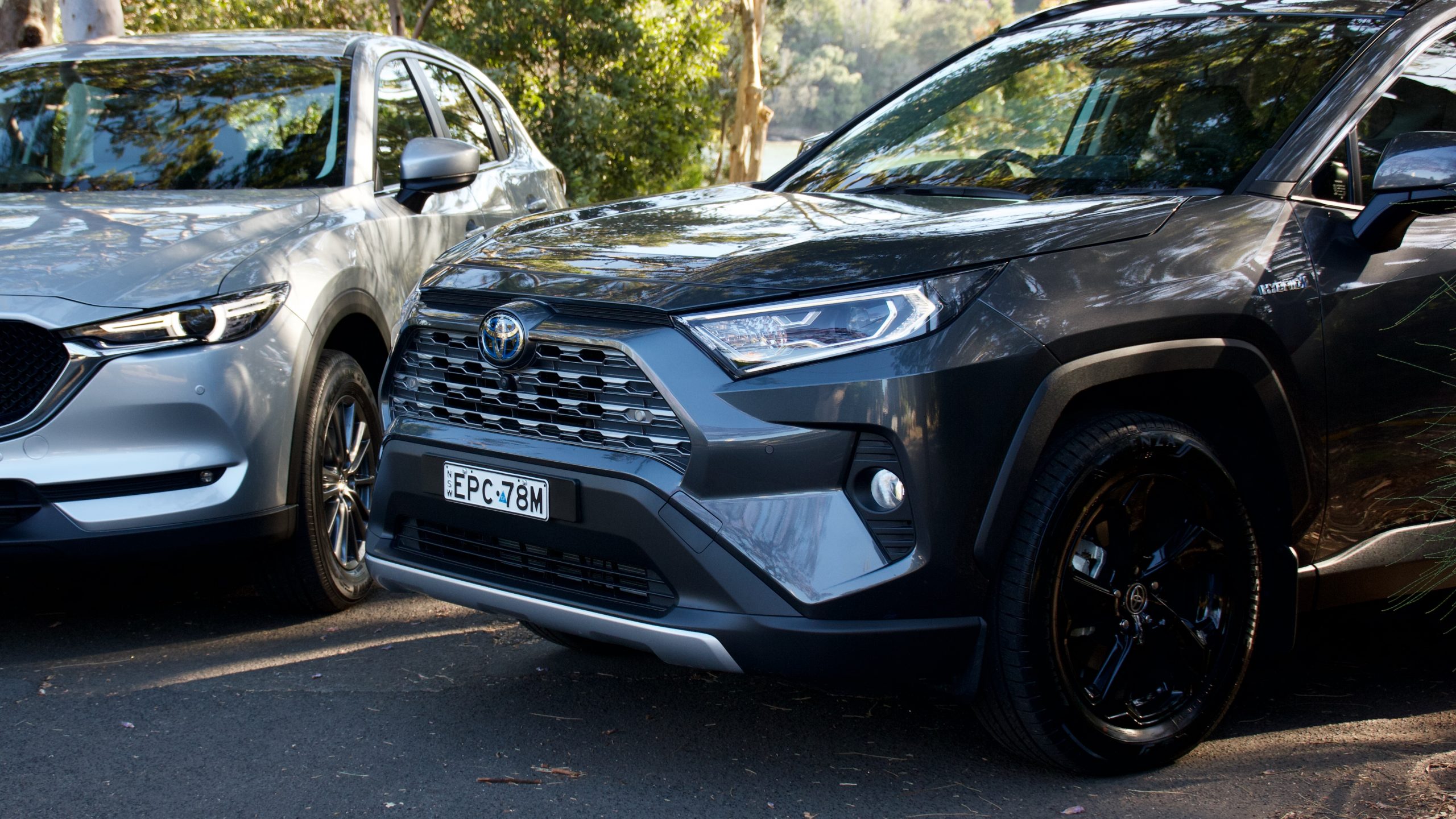
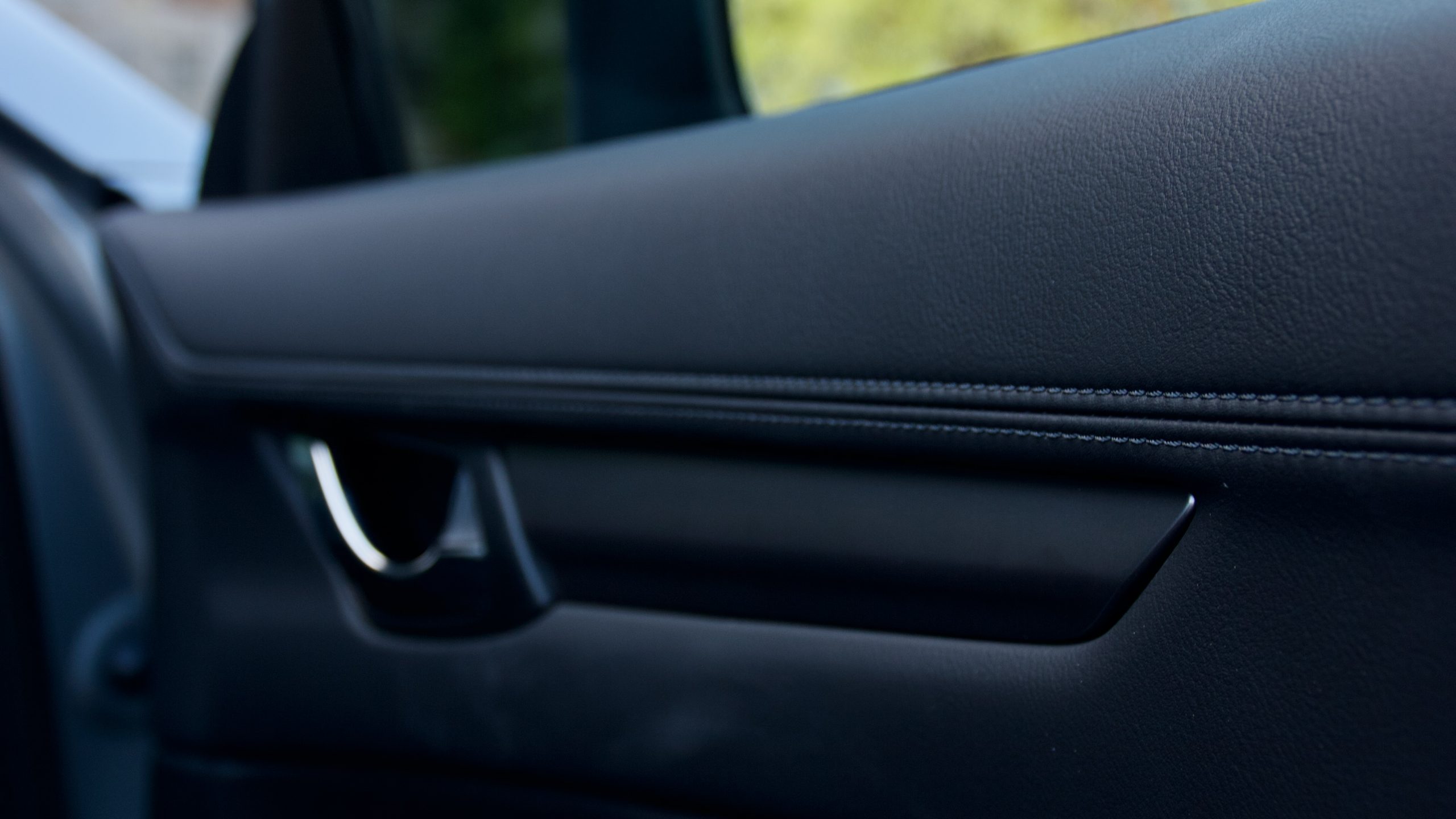
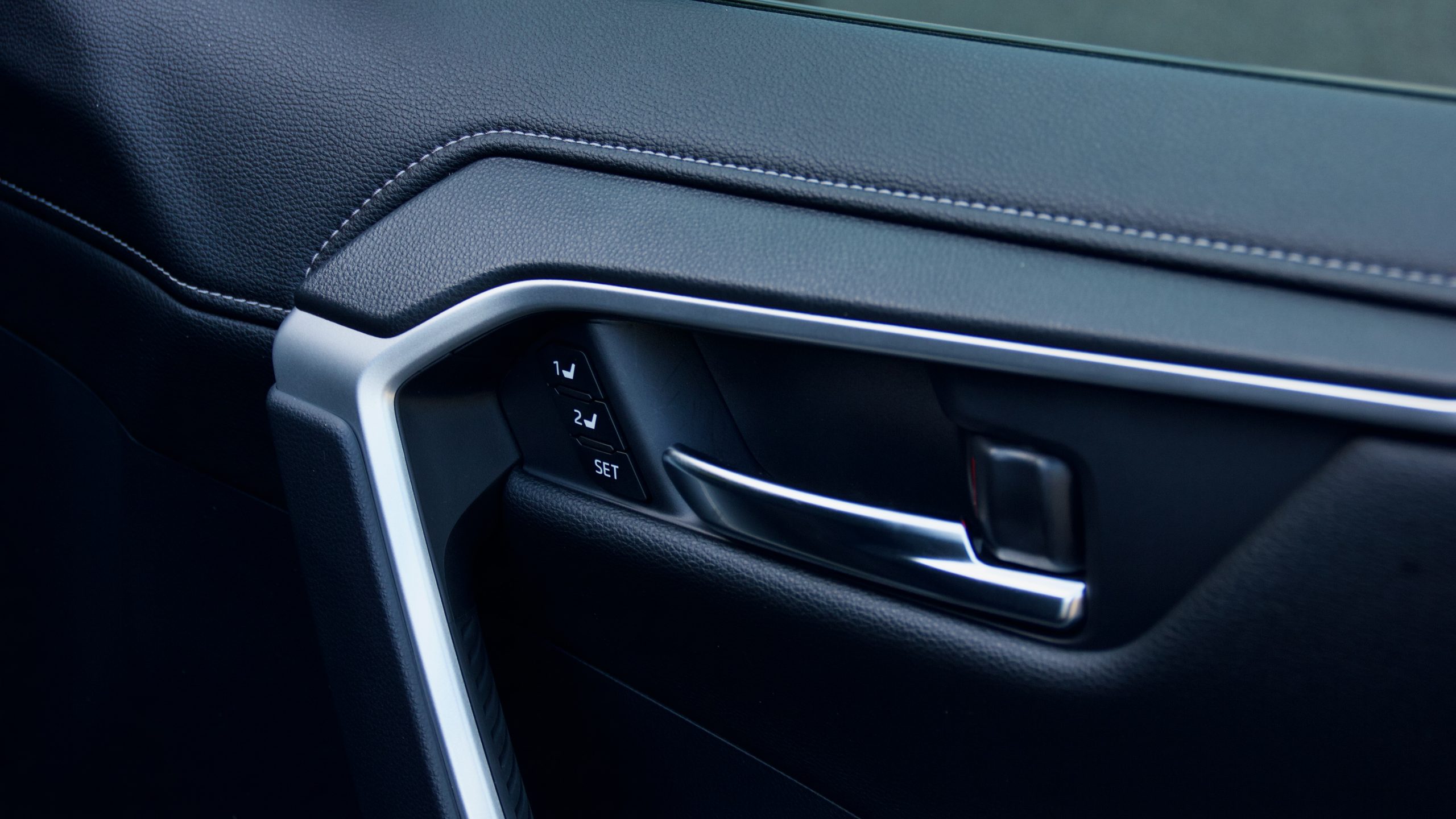
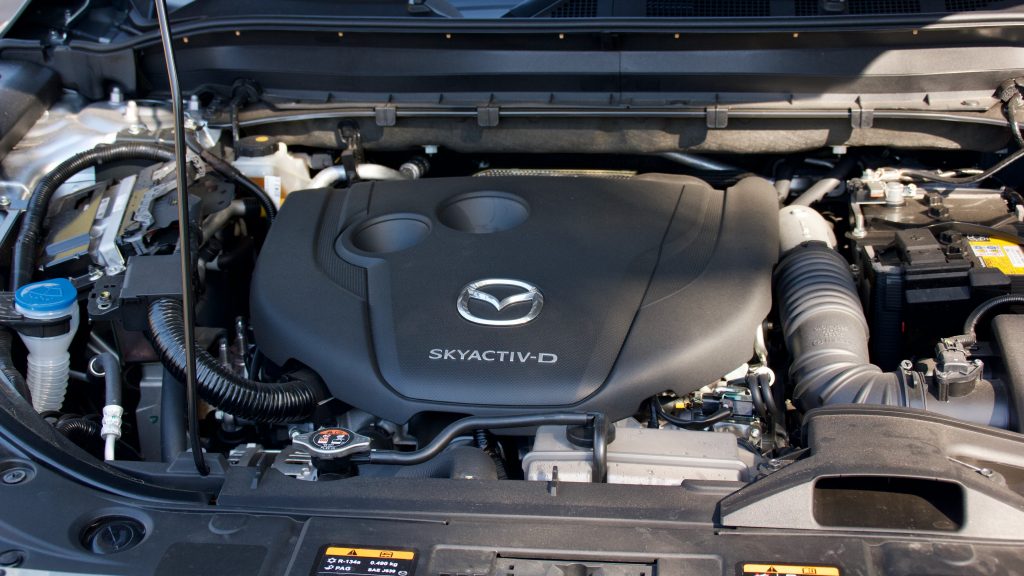
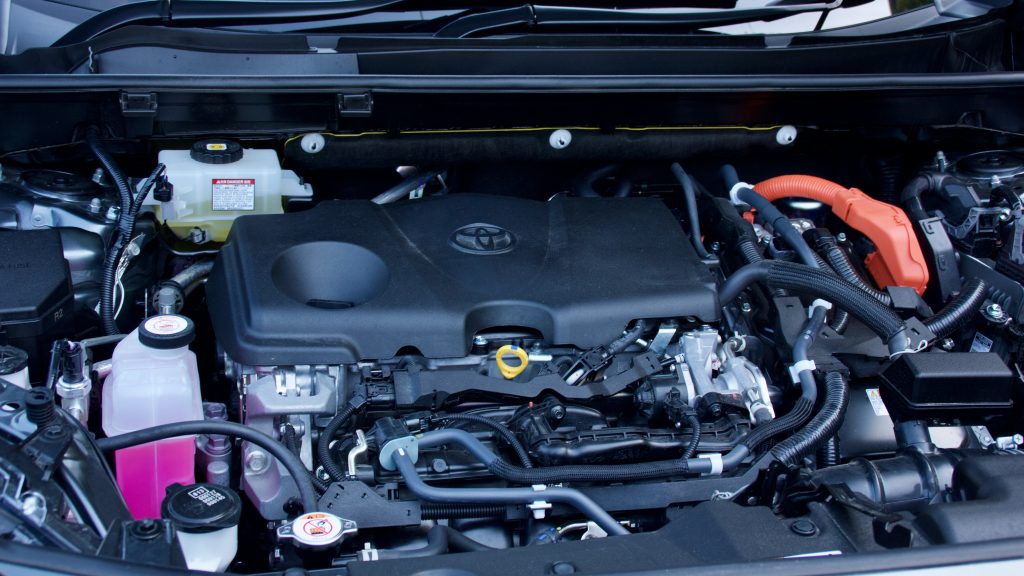
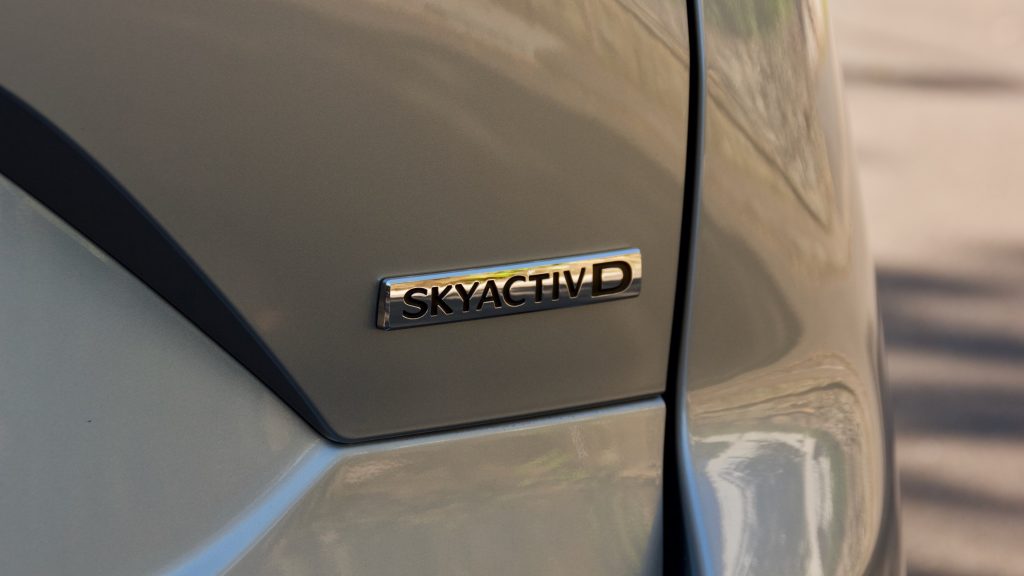
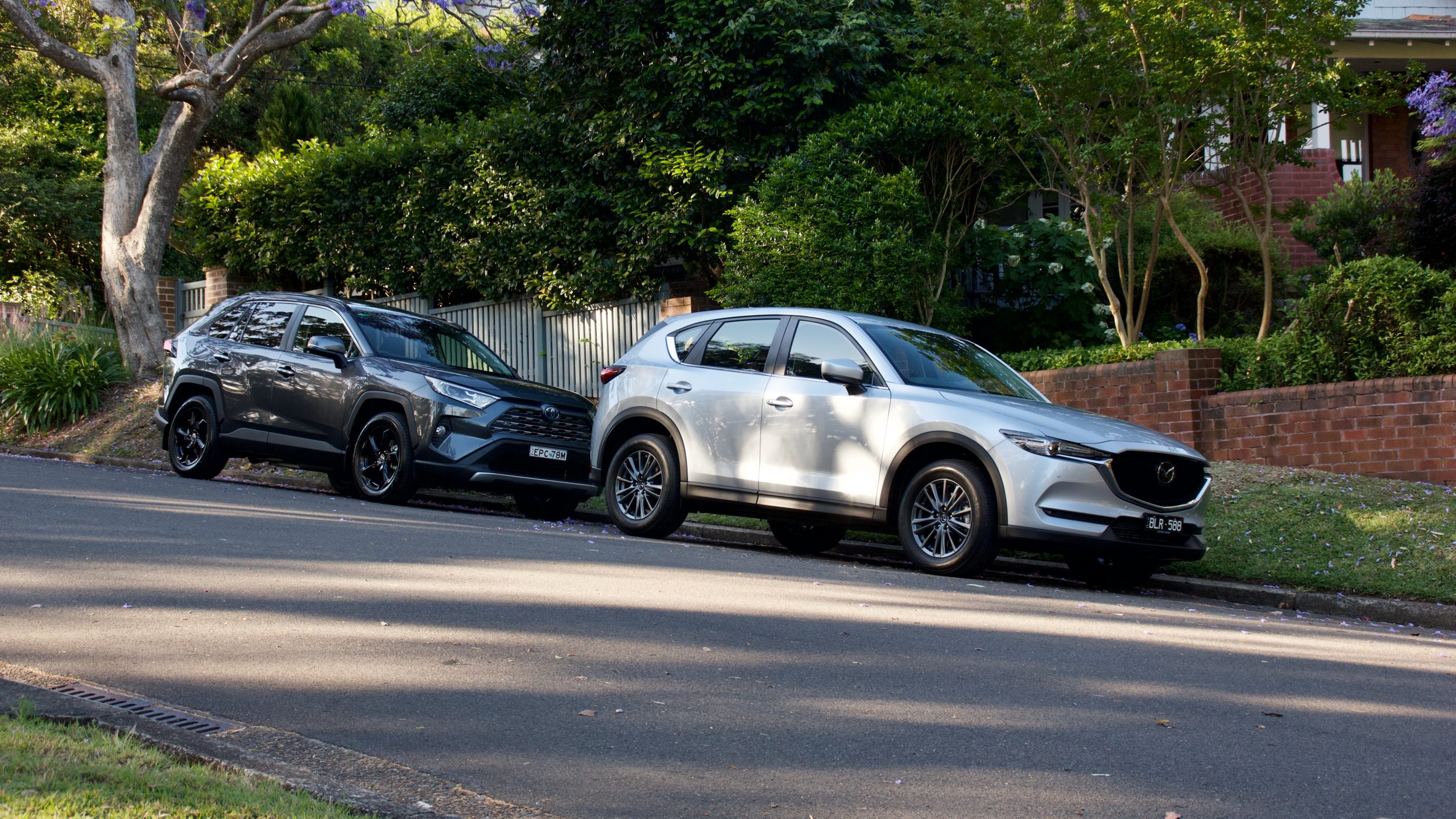
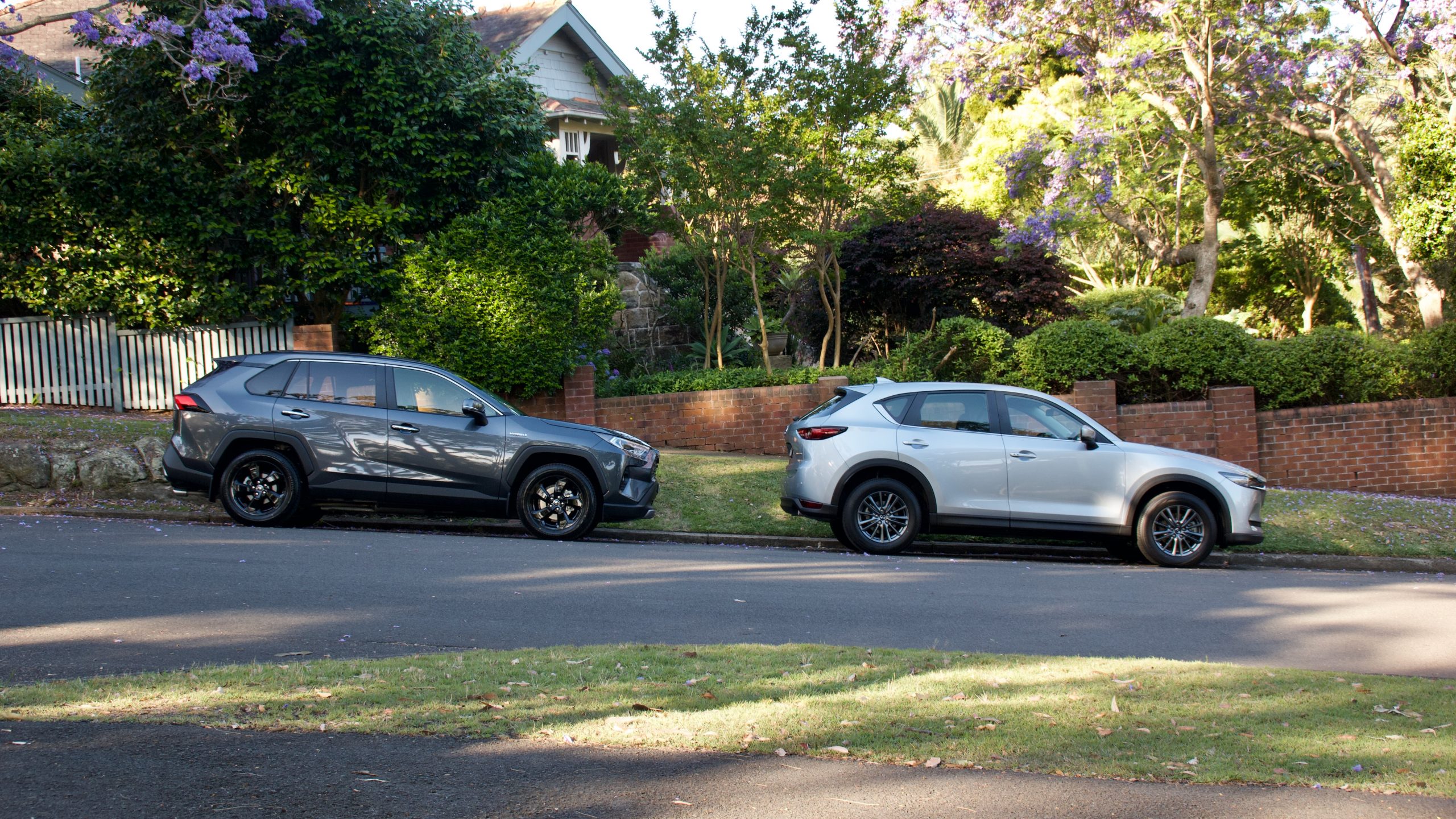
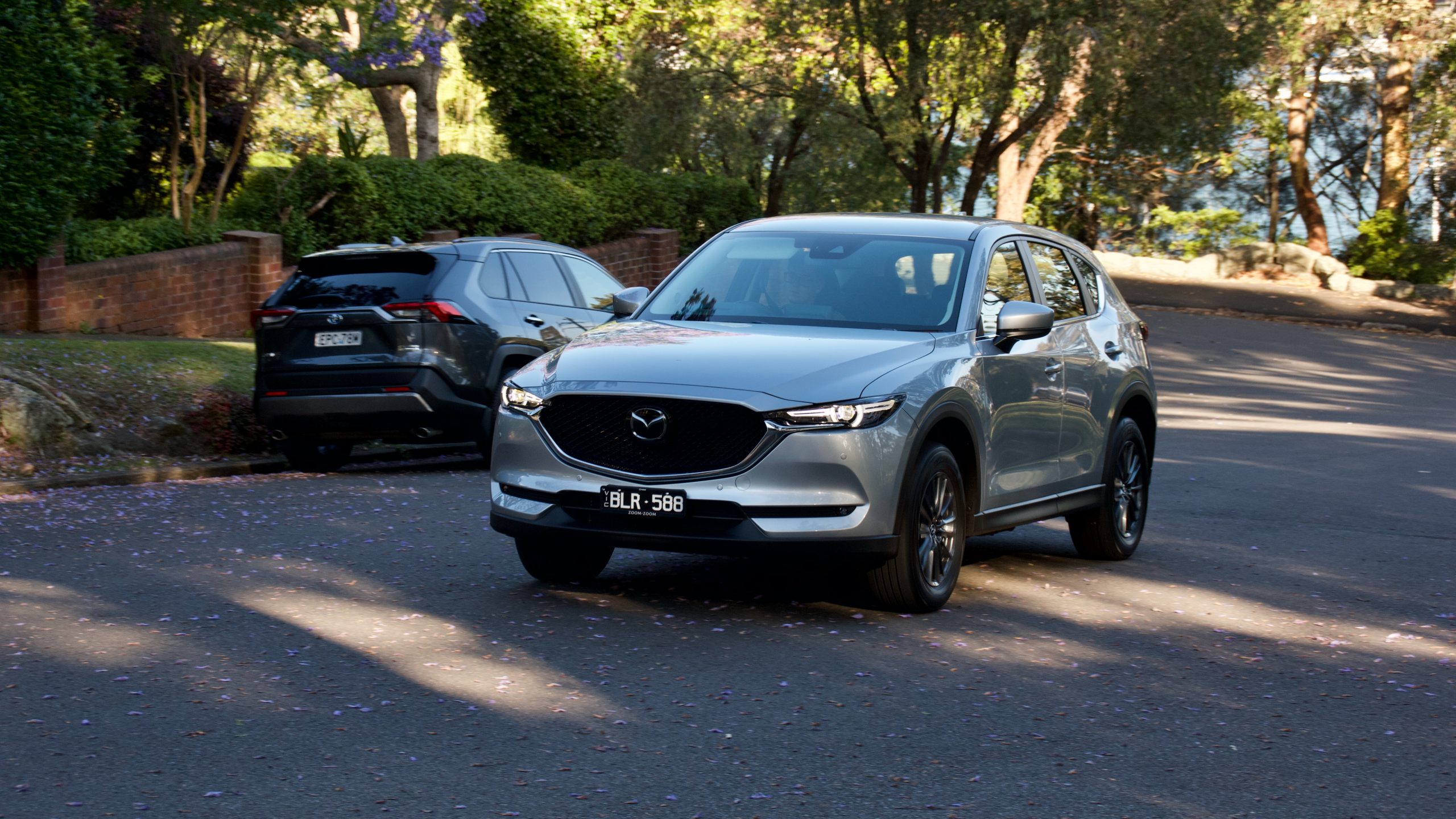
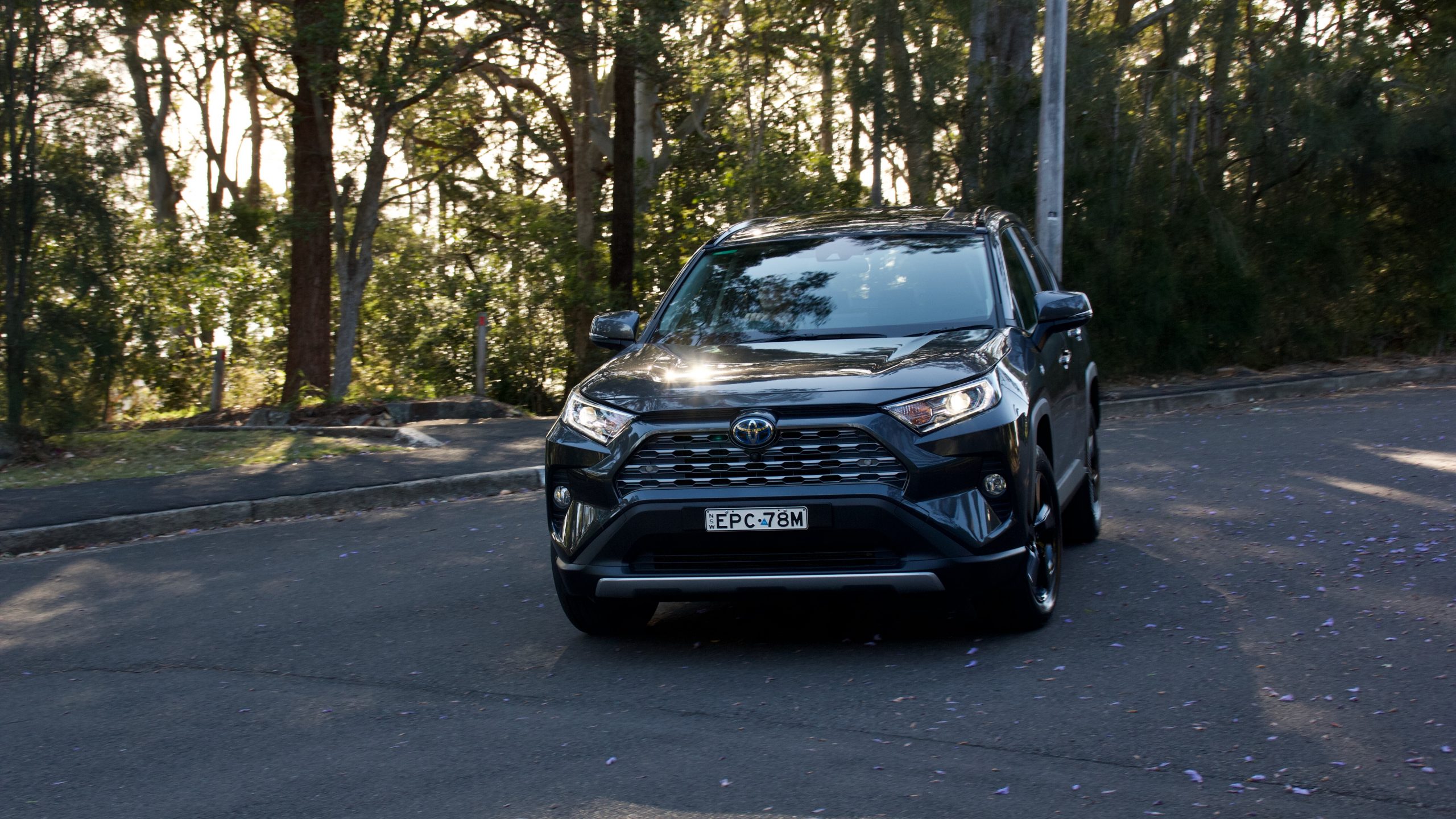
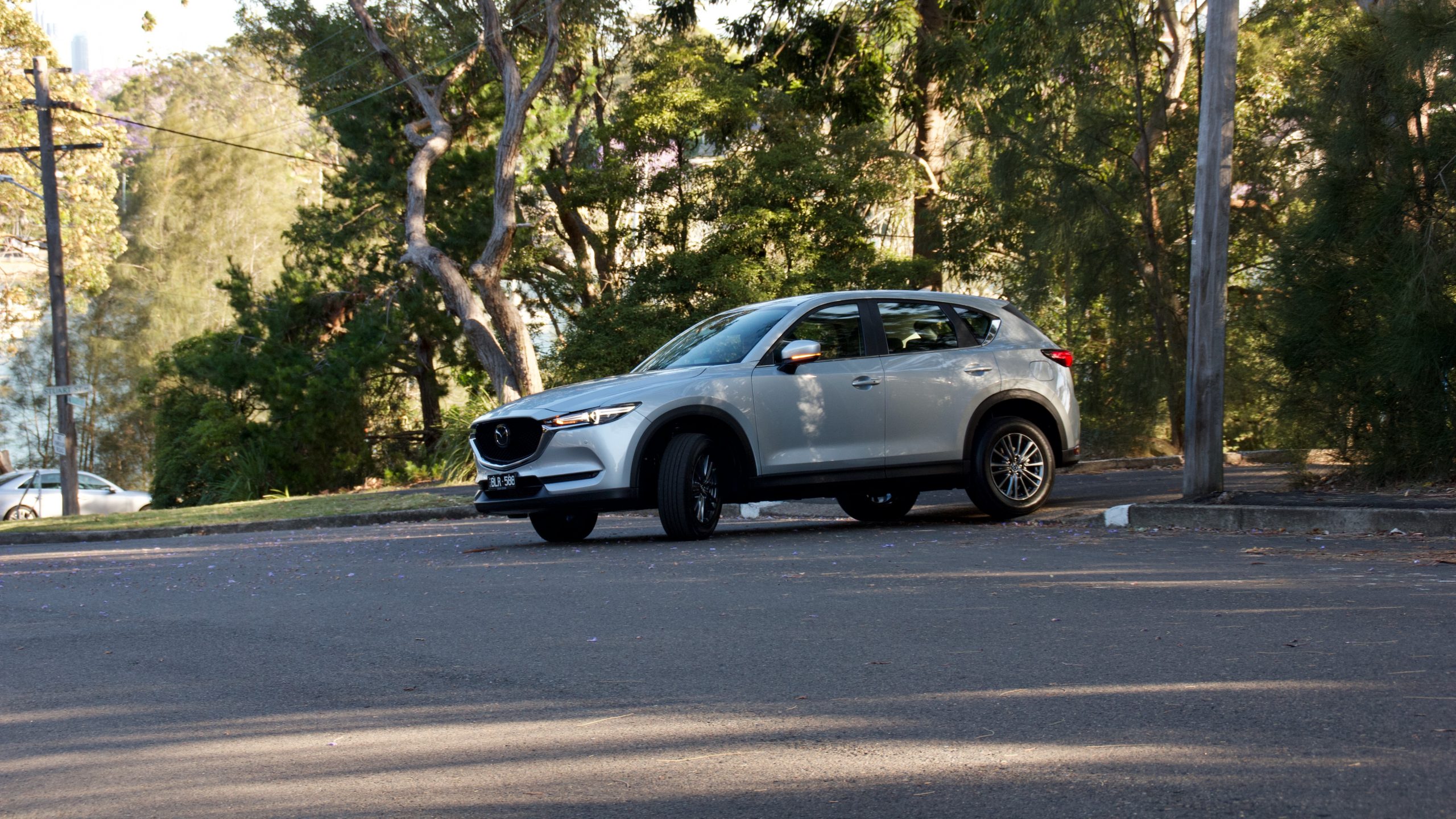
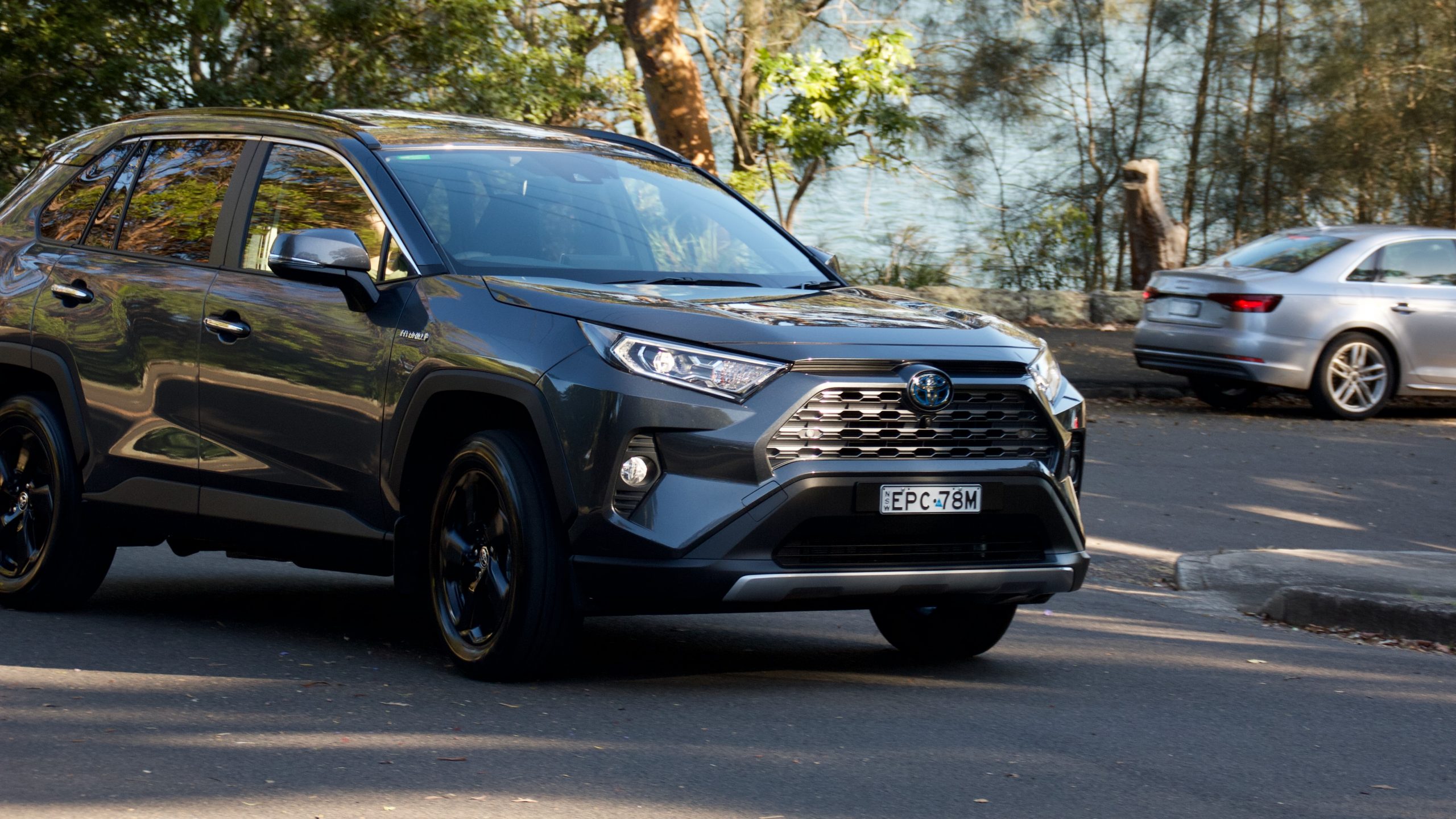
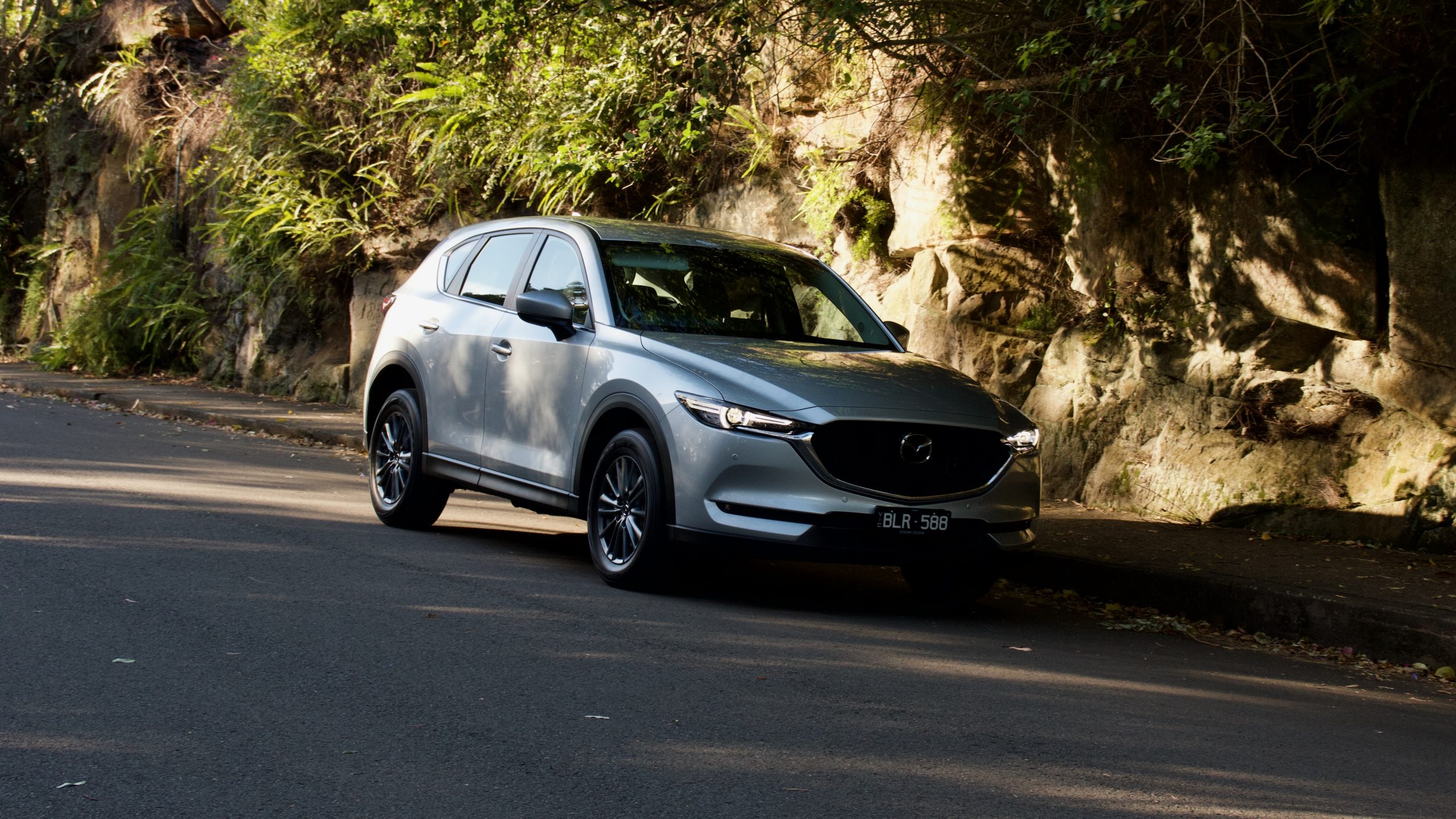
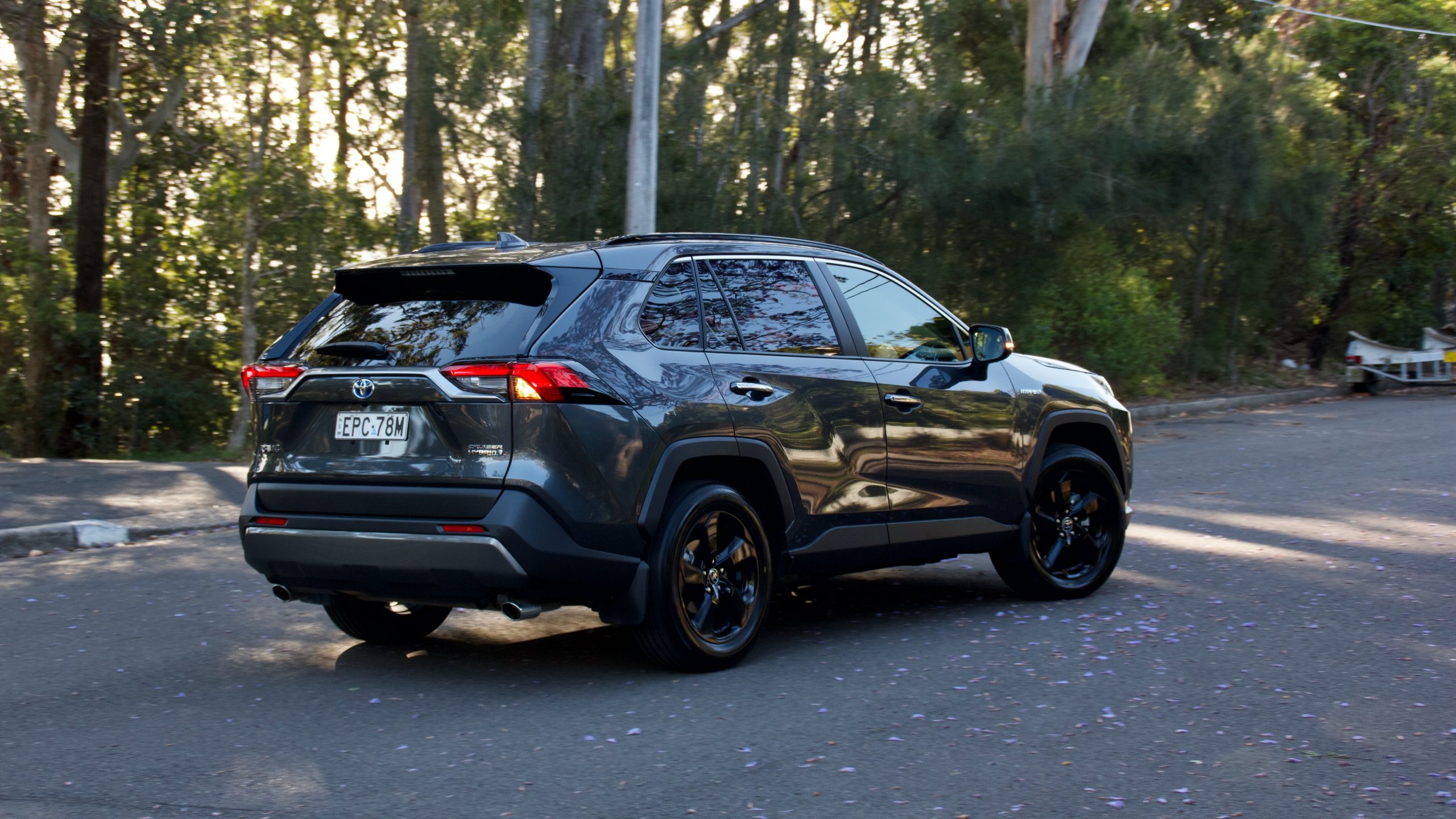
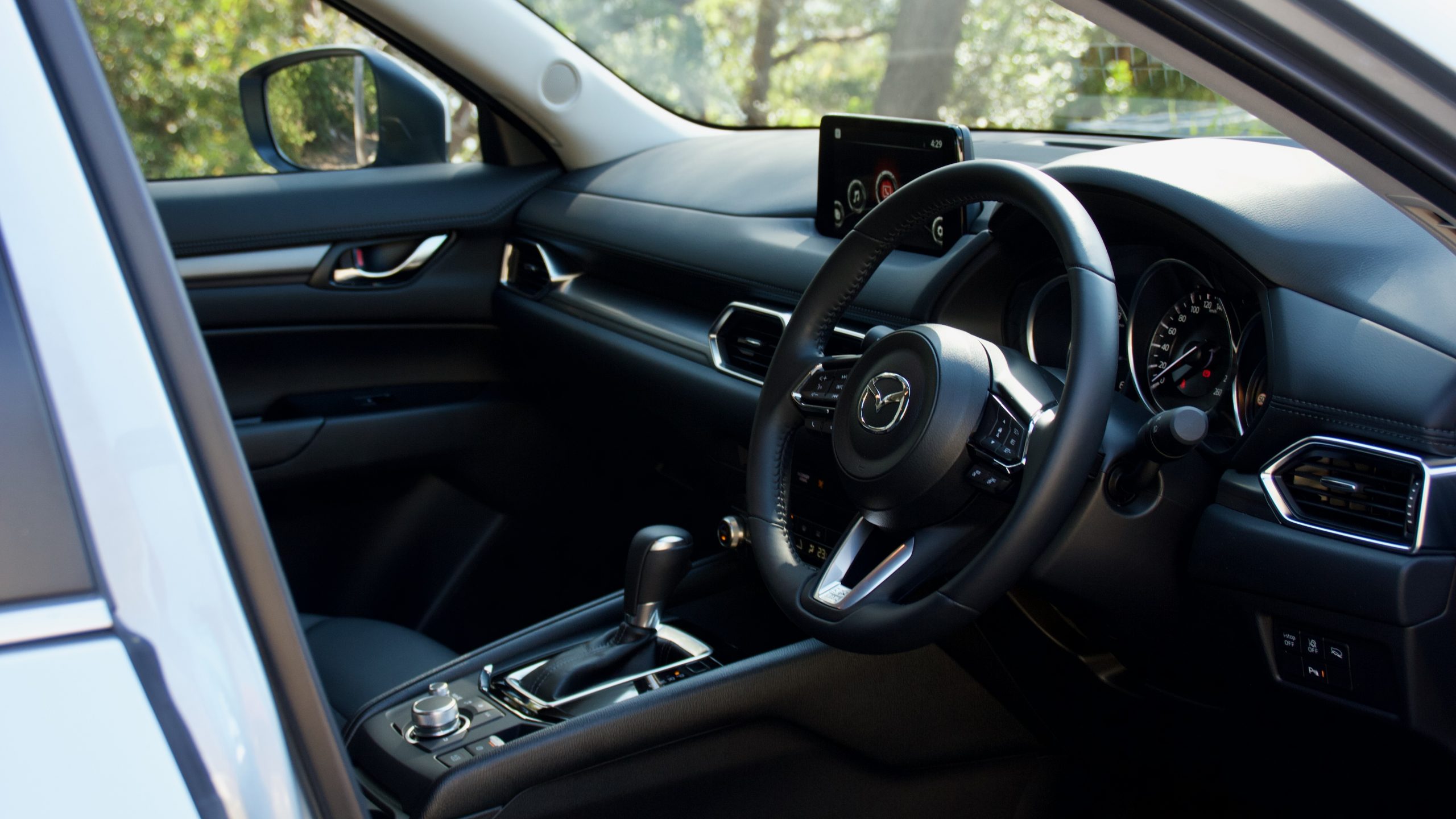
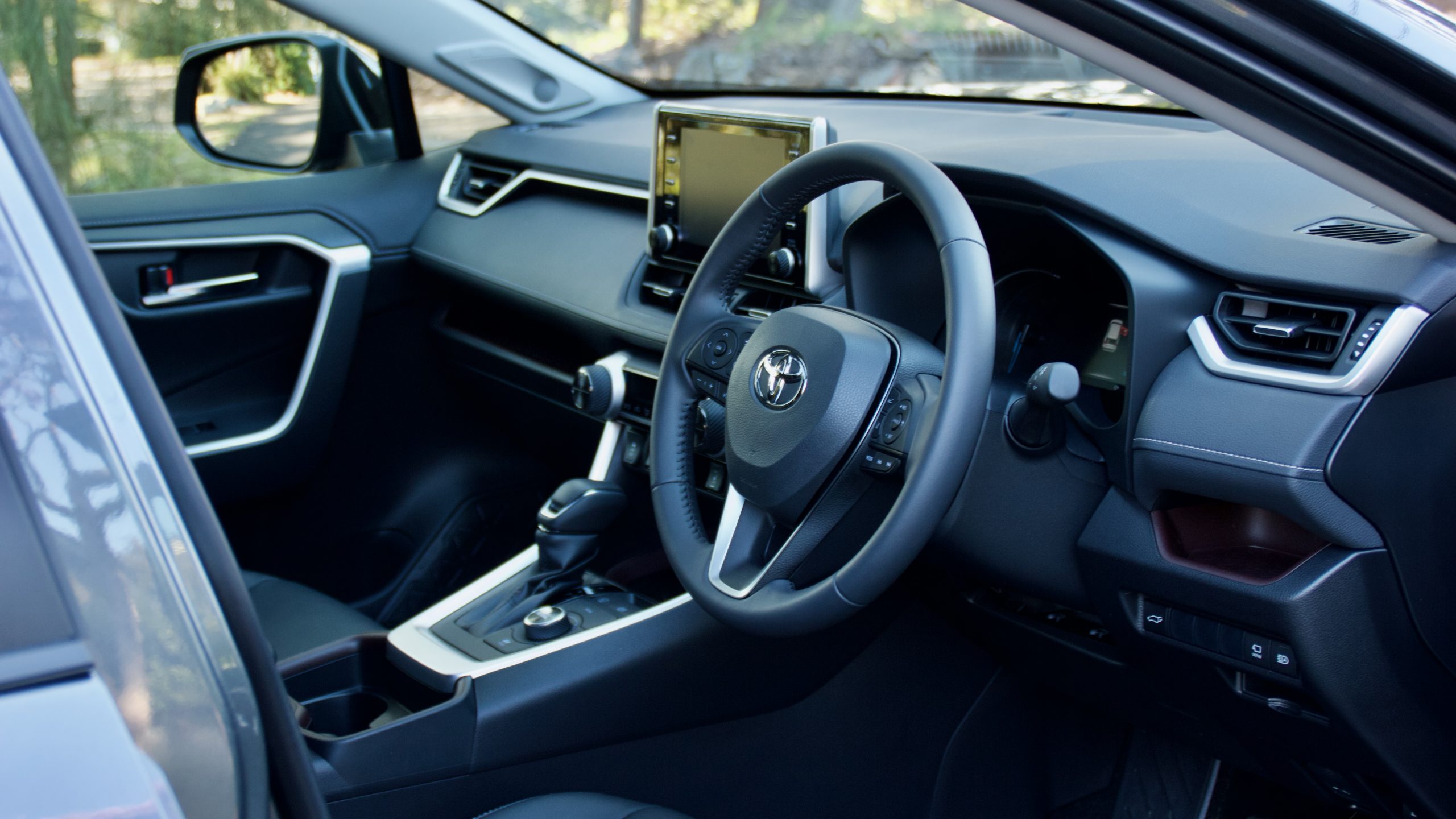
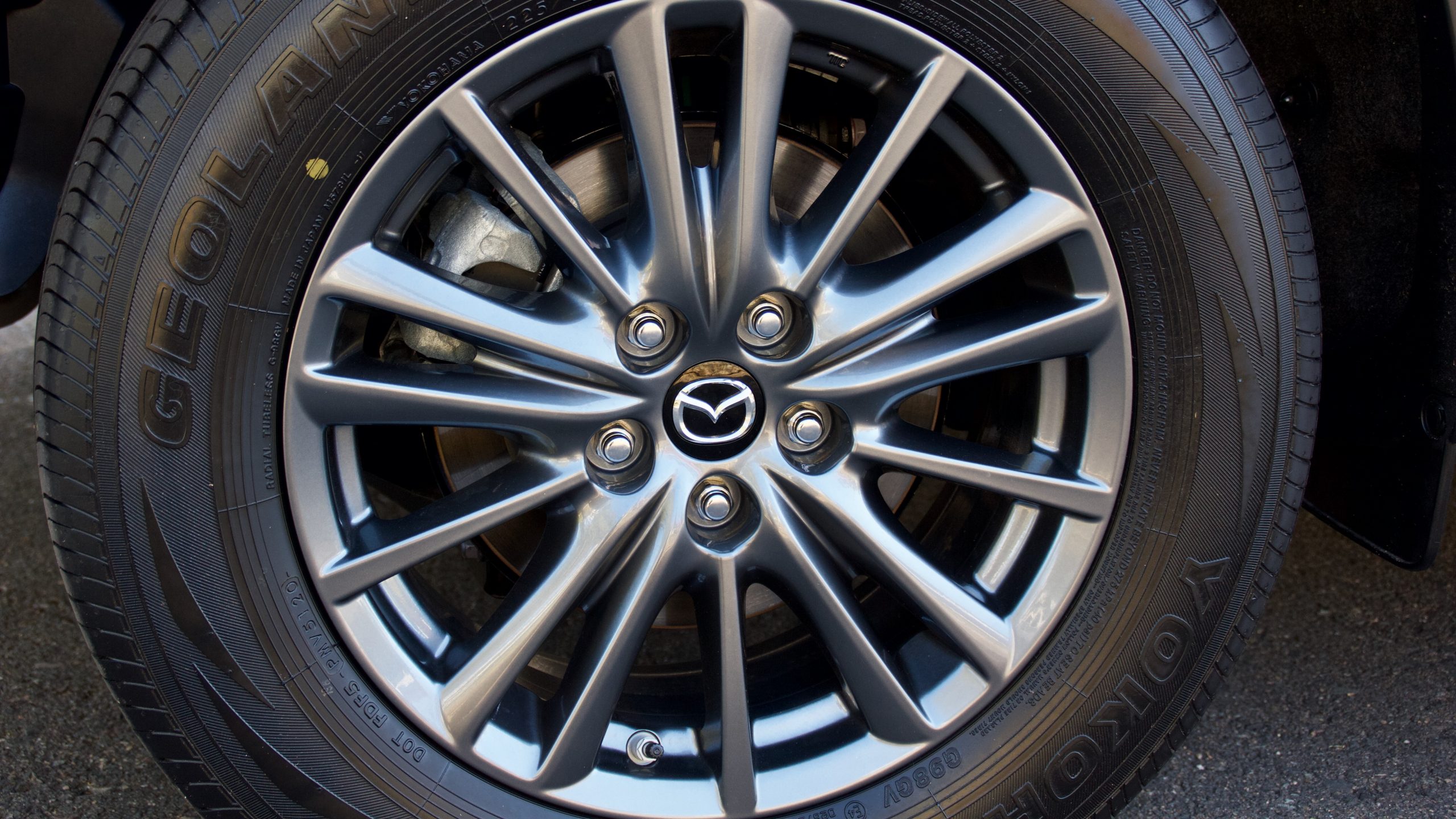
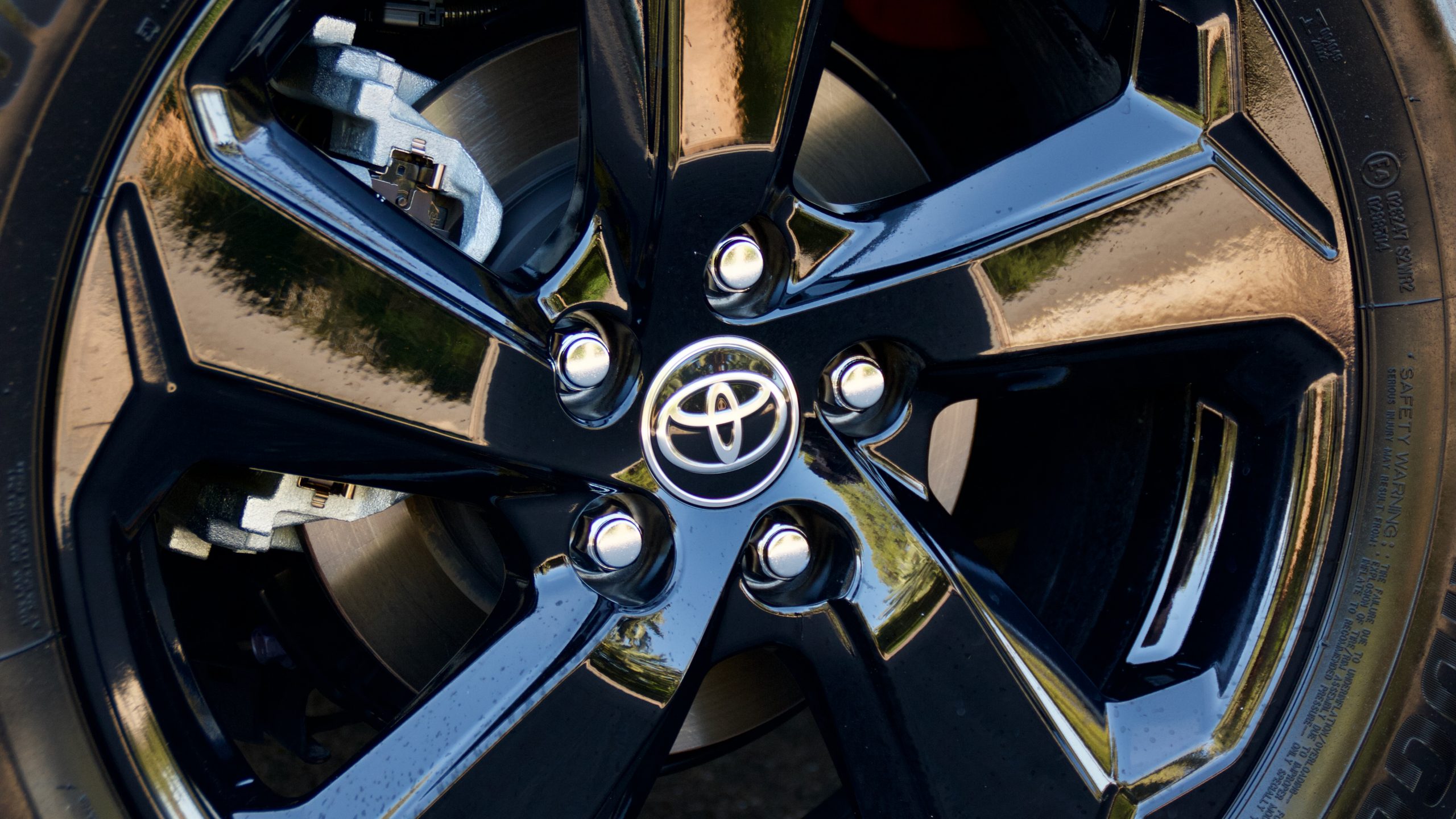
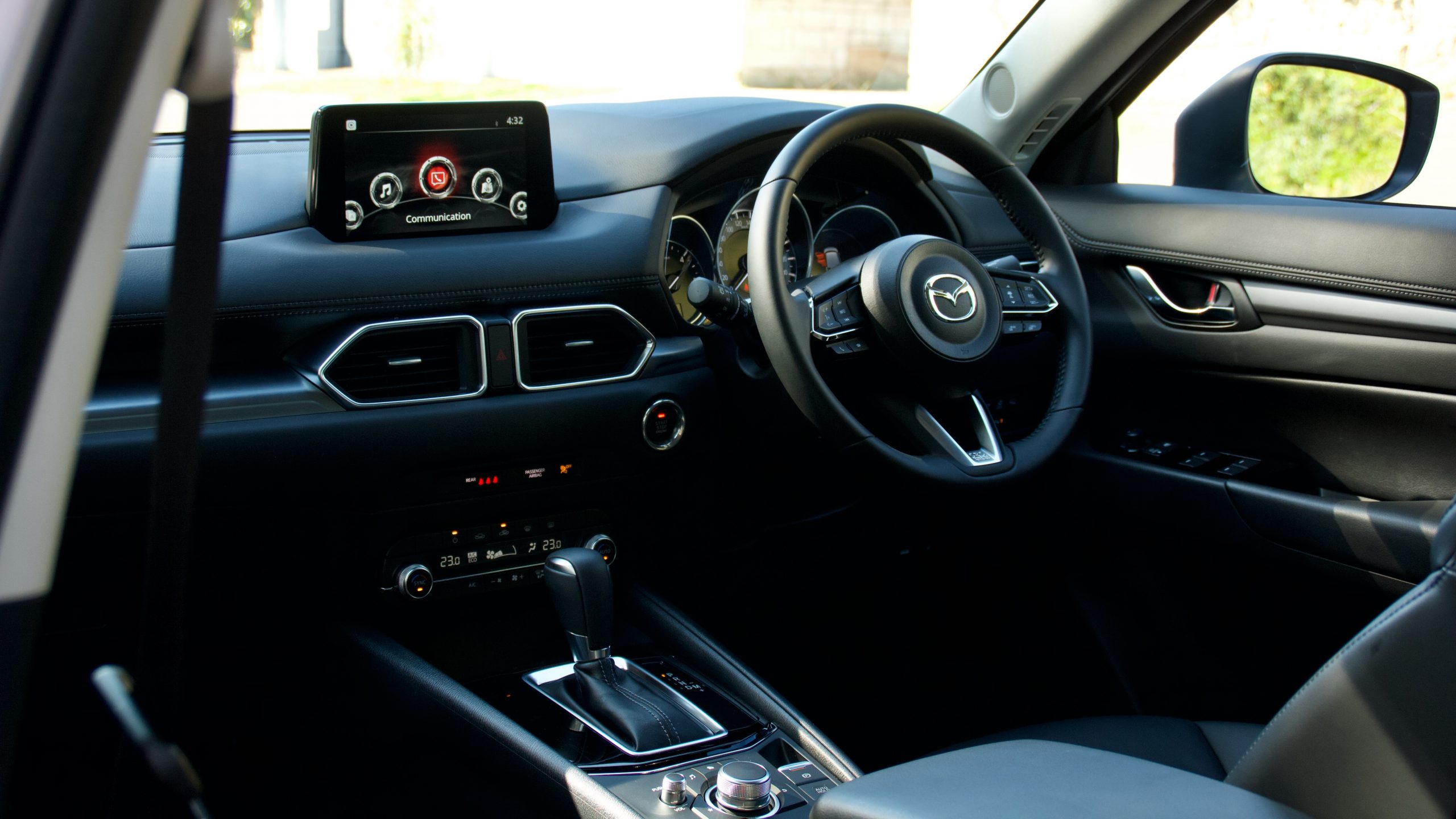
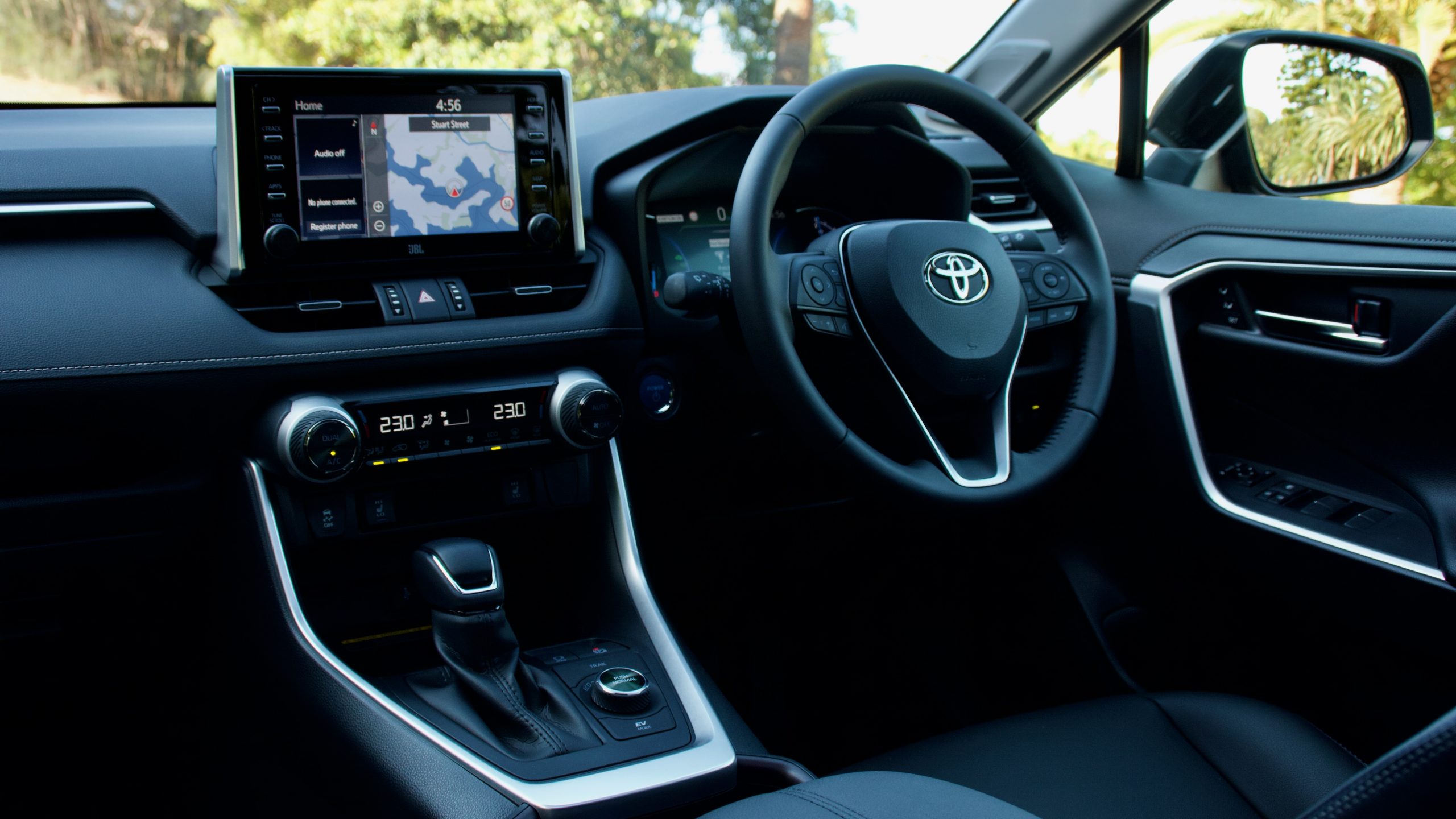
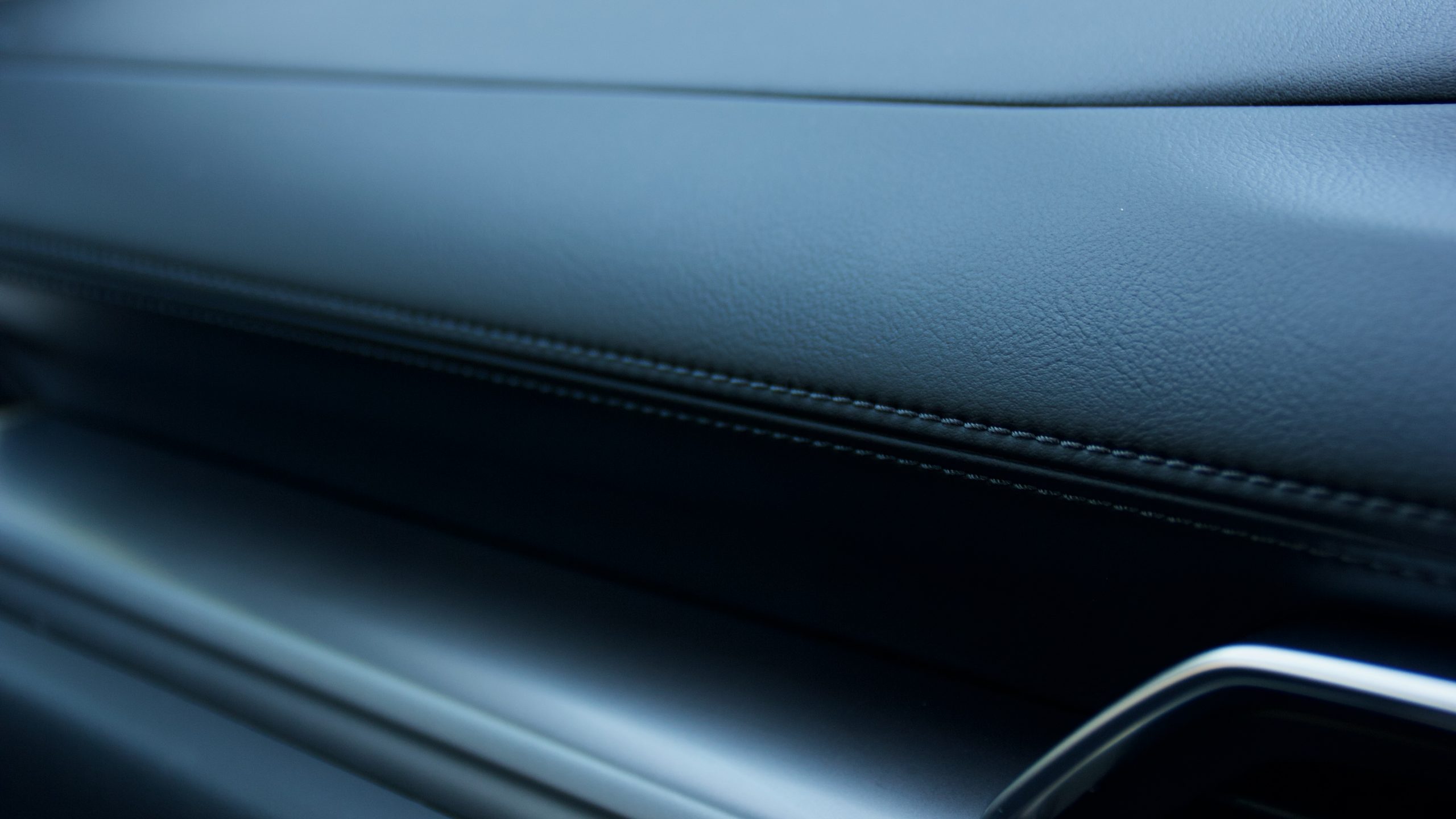
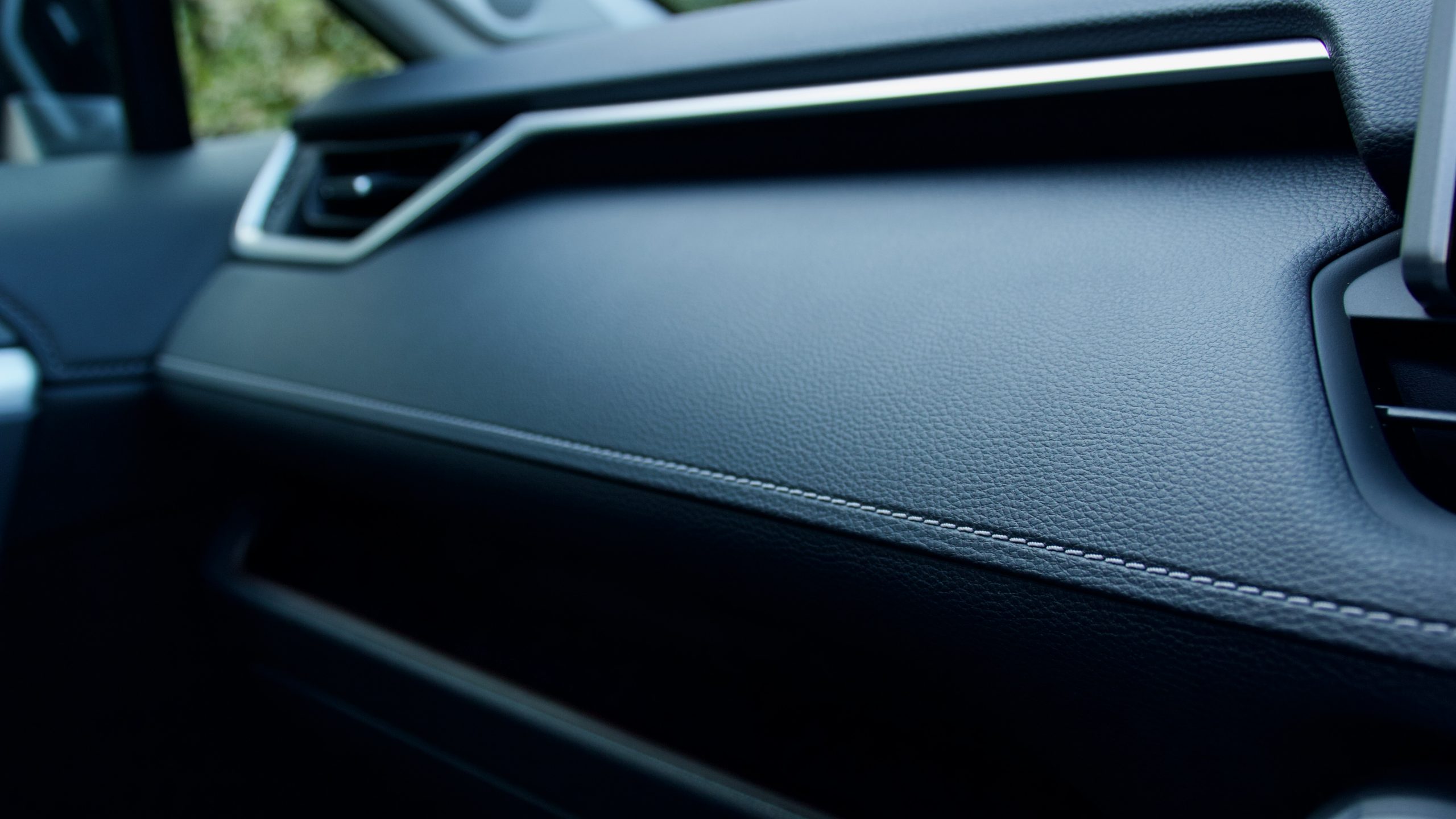
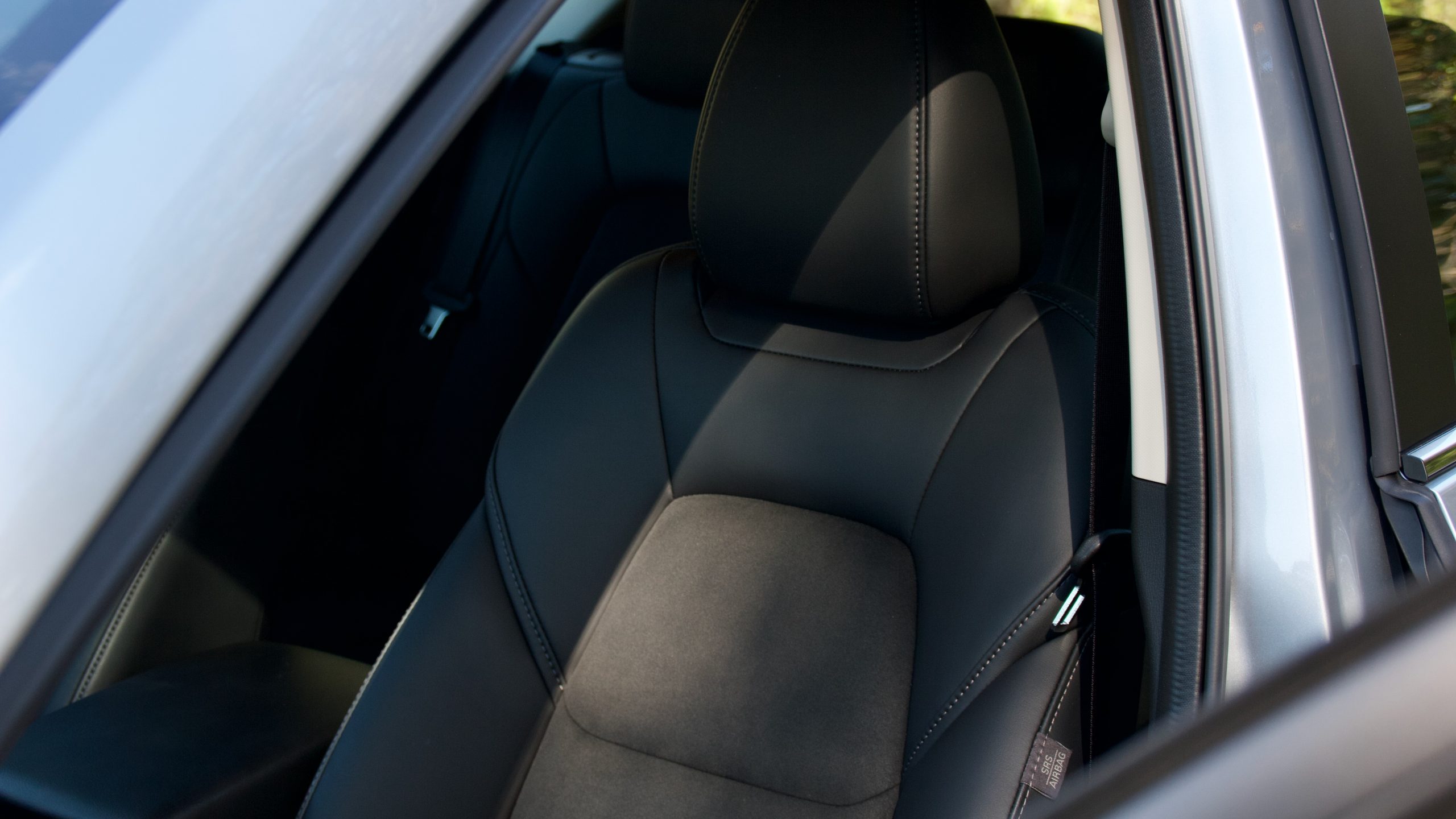
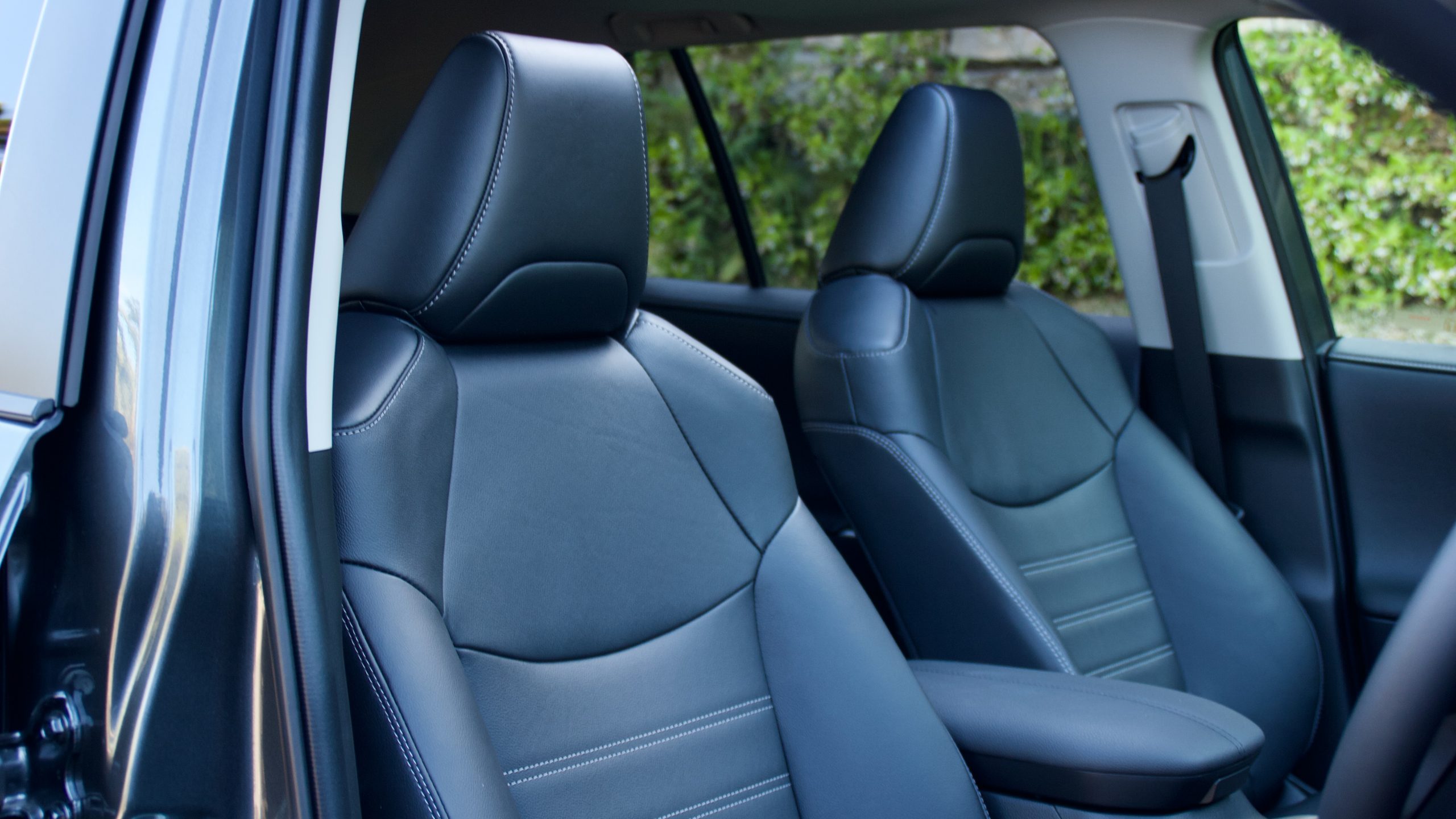
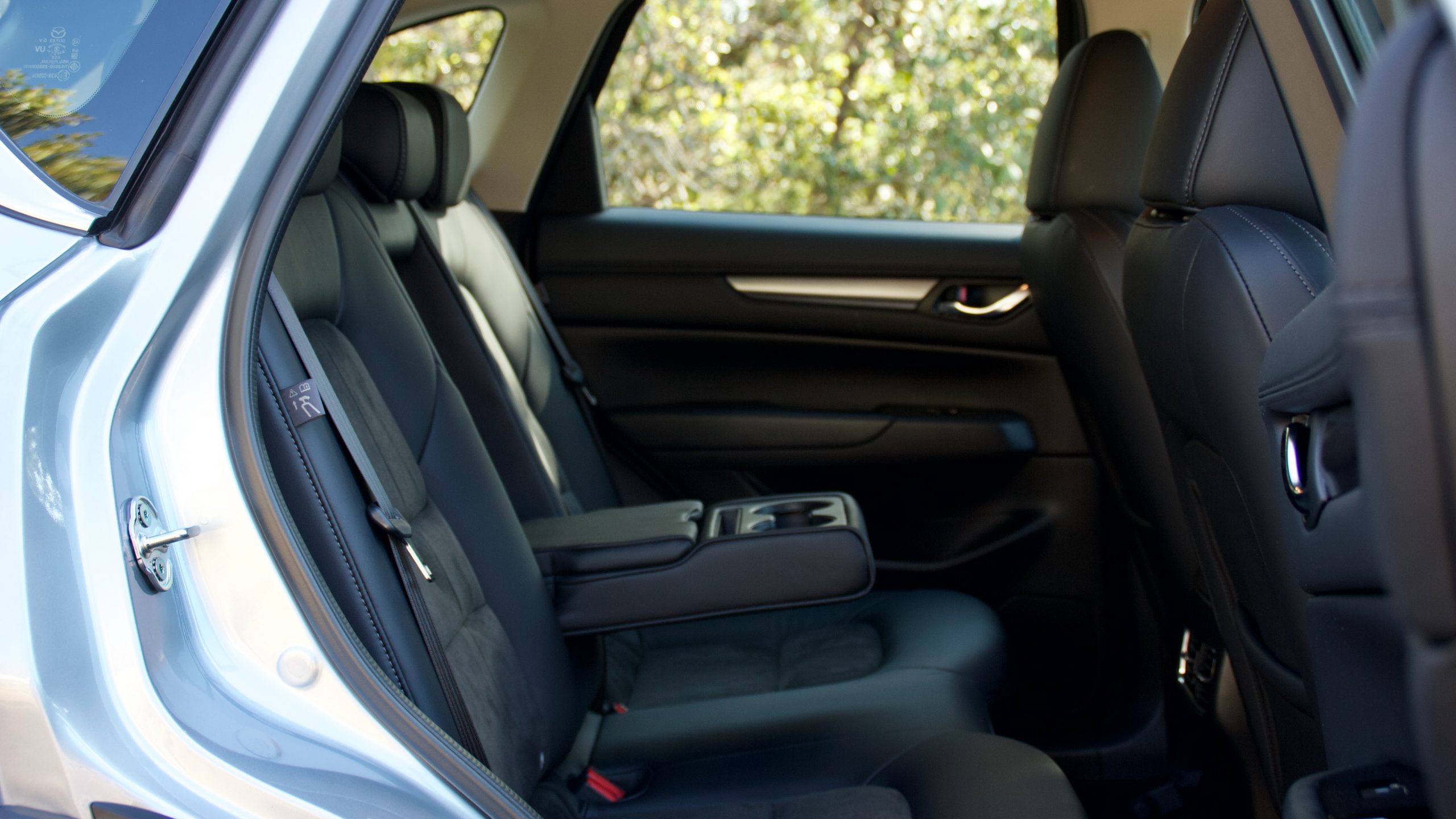
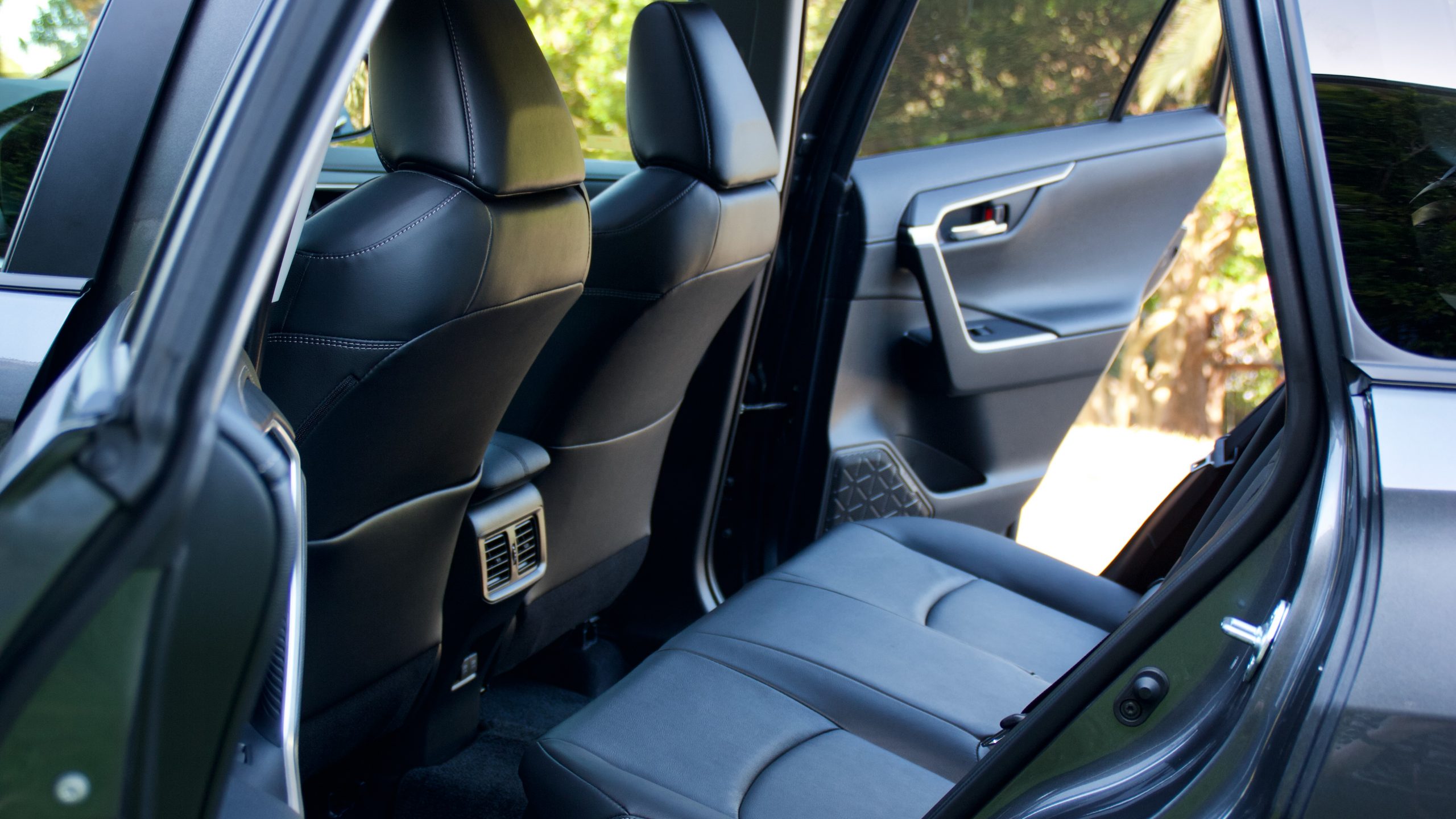
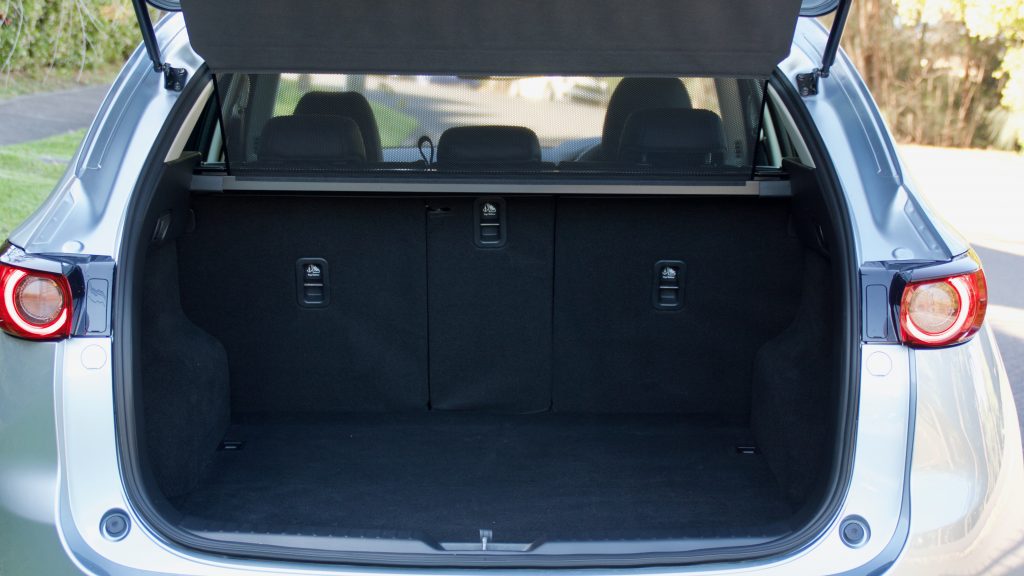
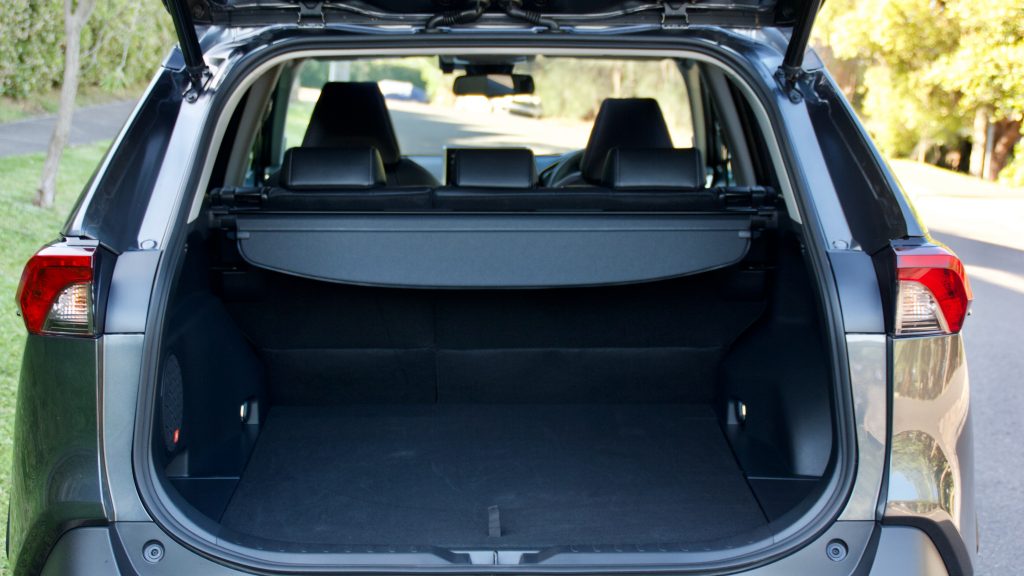
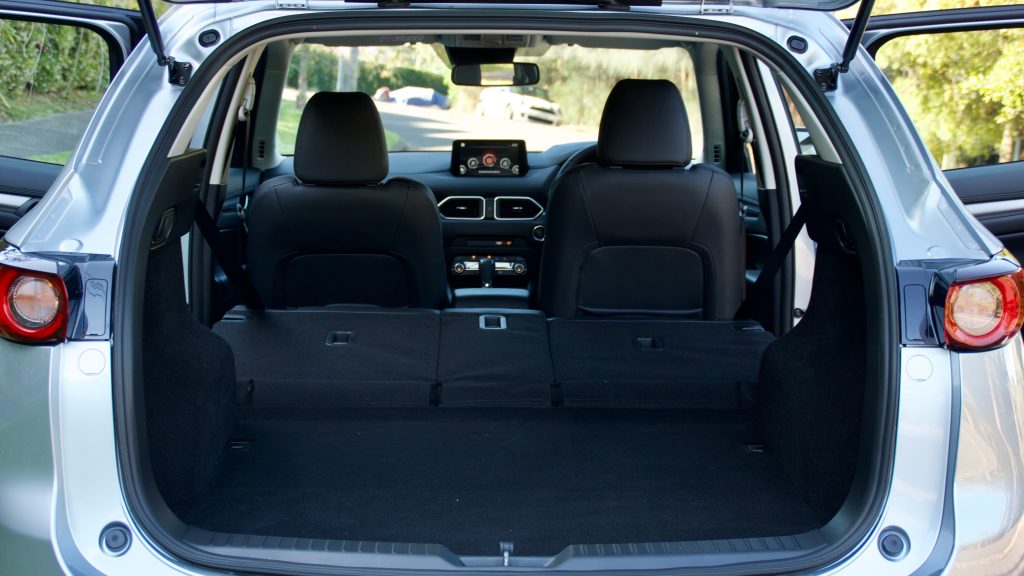
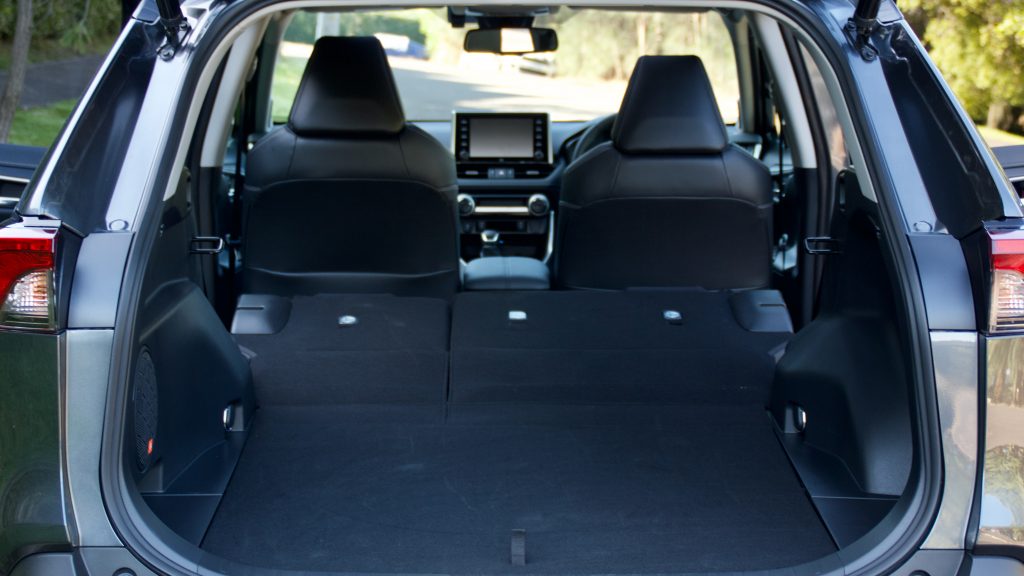
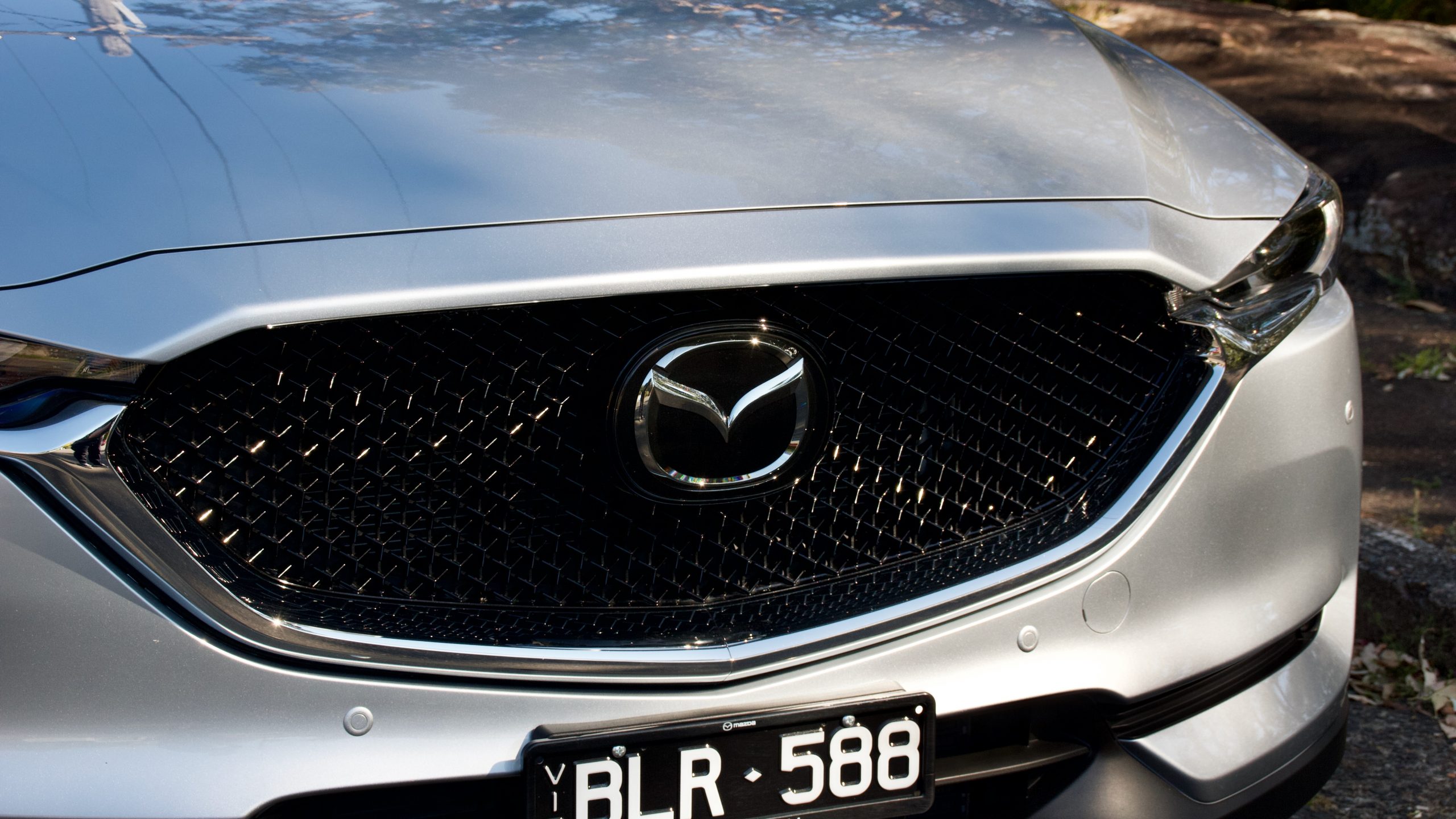
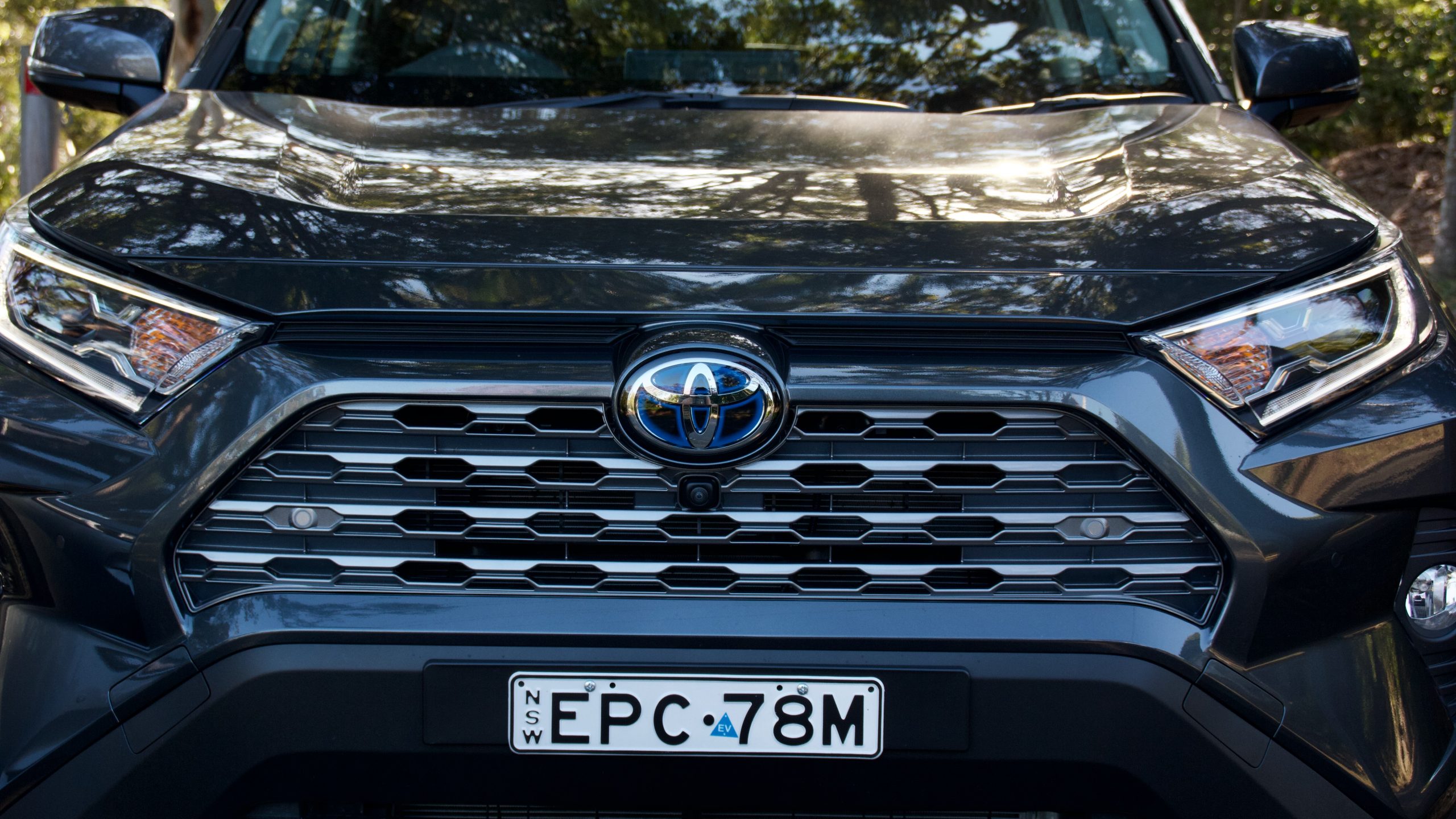
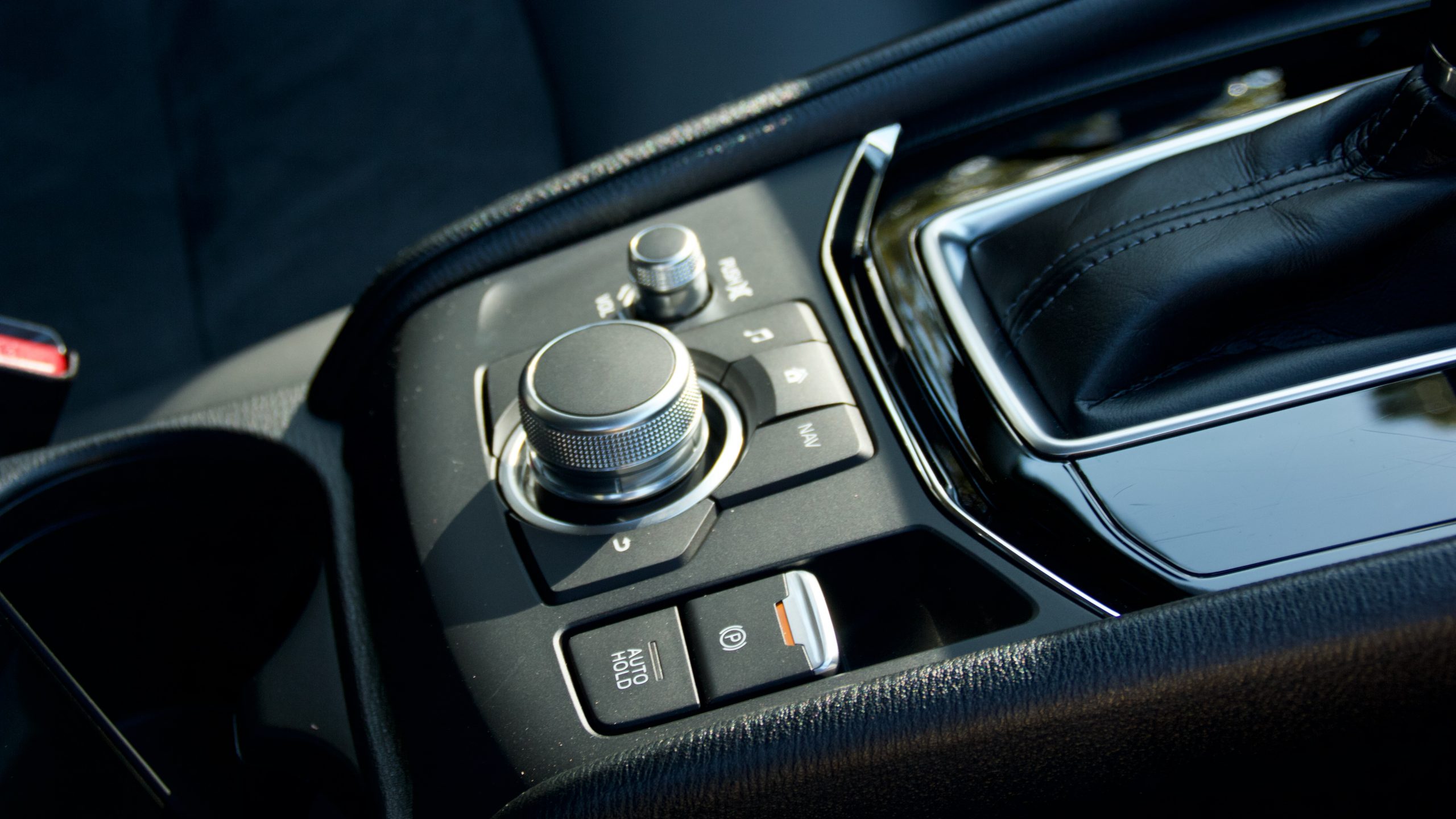
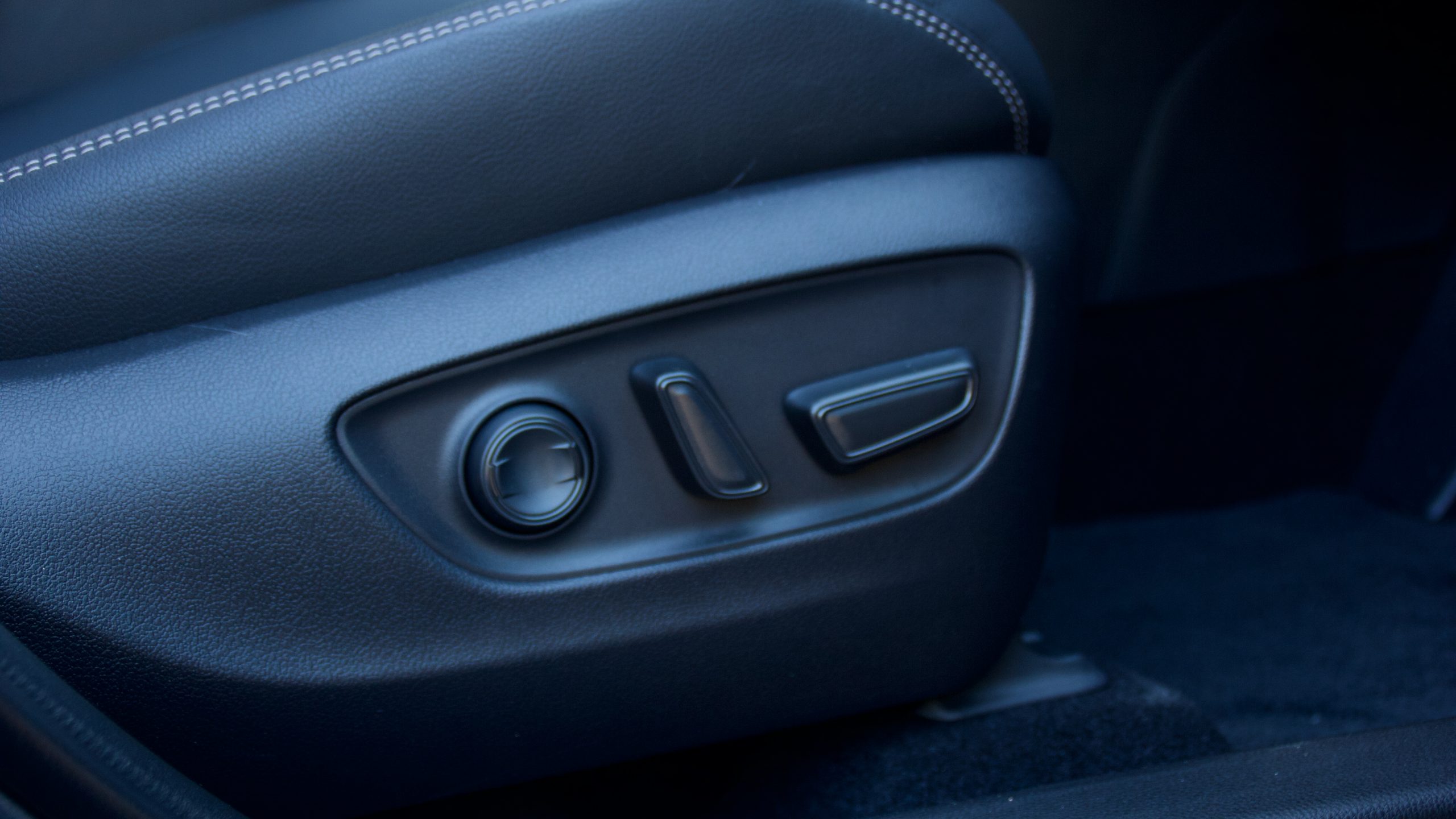
Leave a Reply